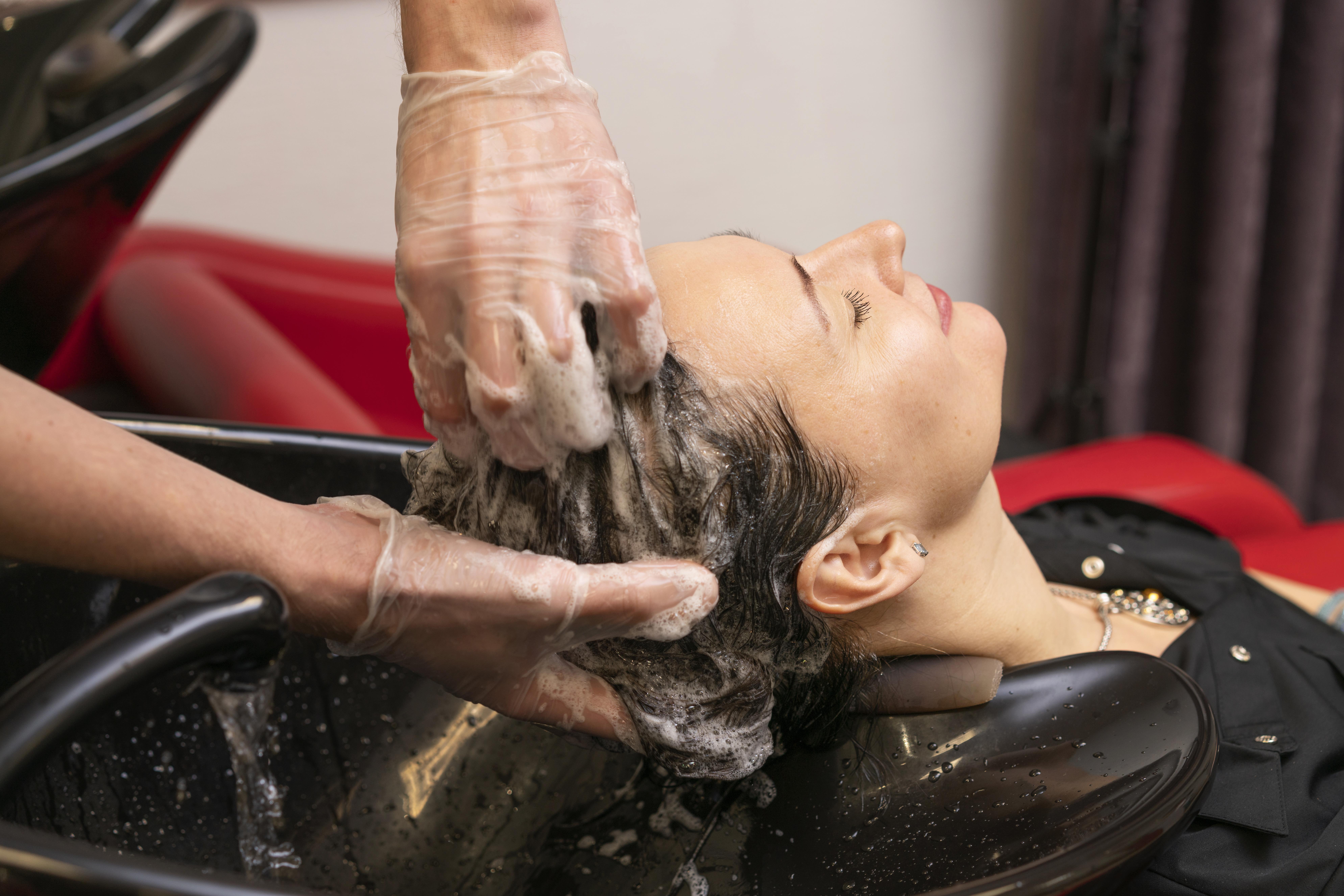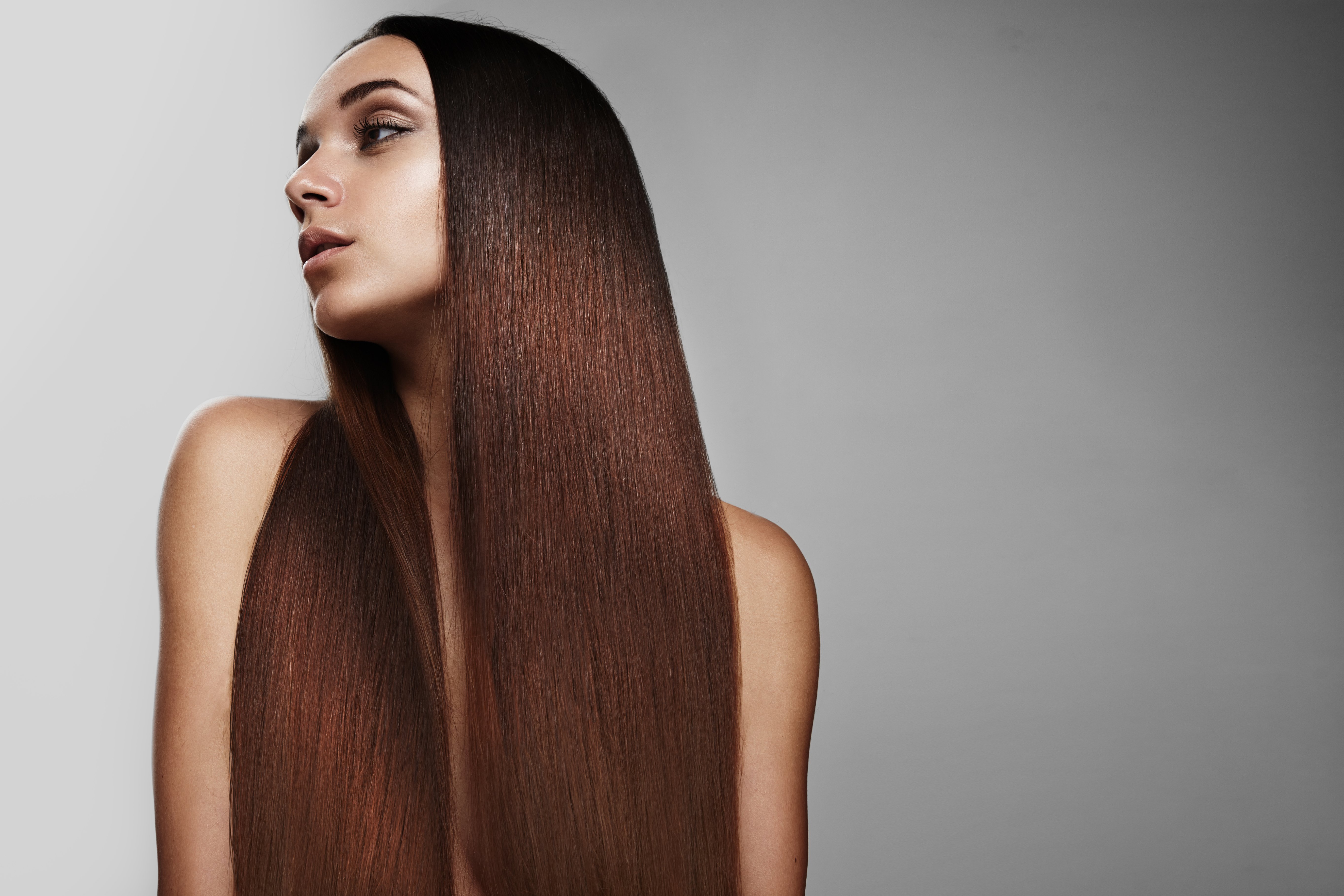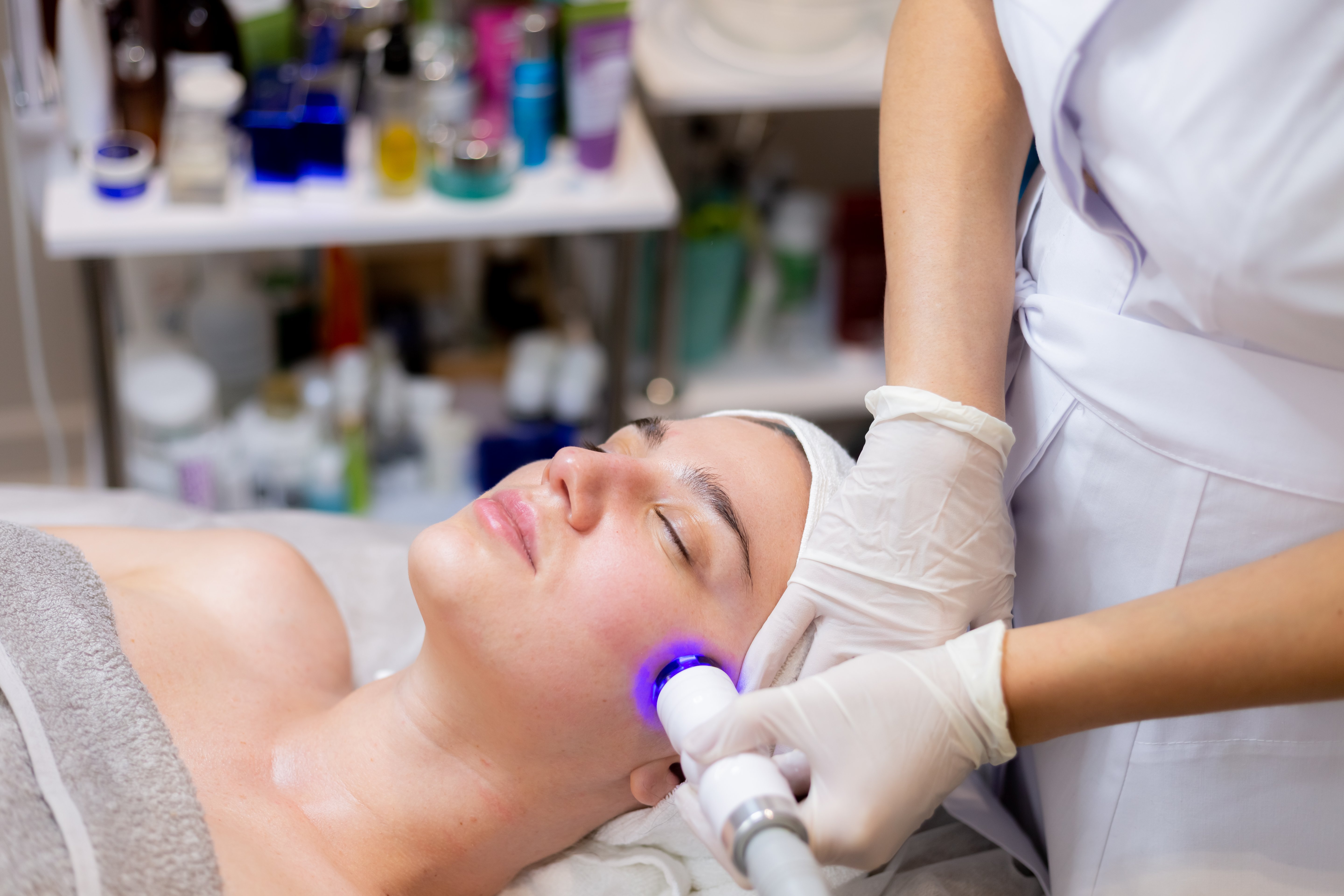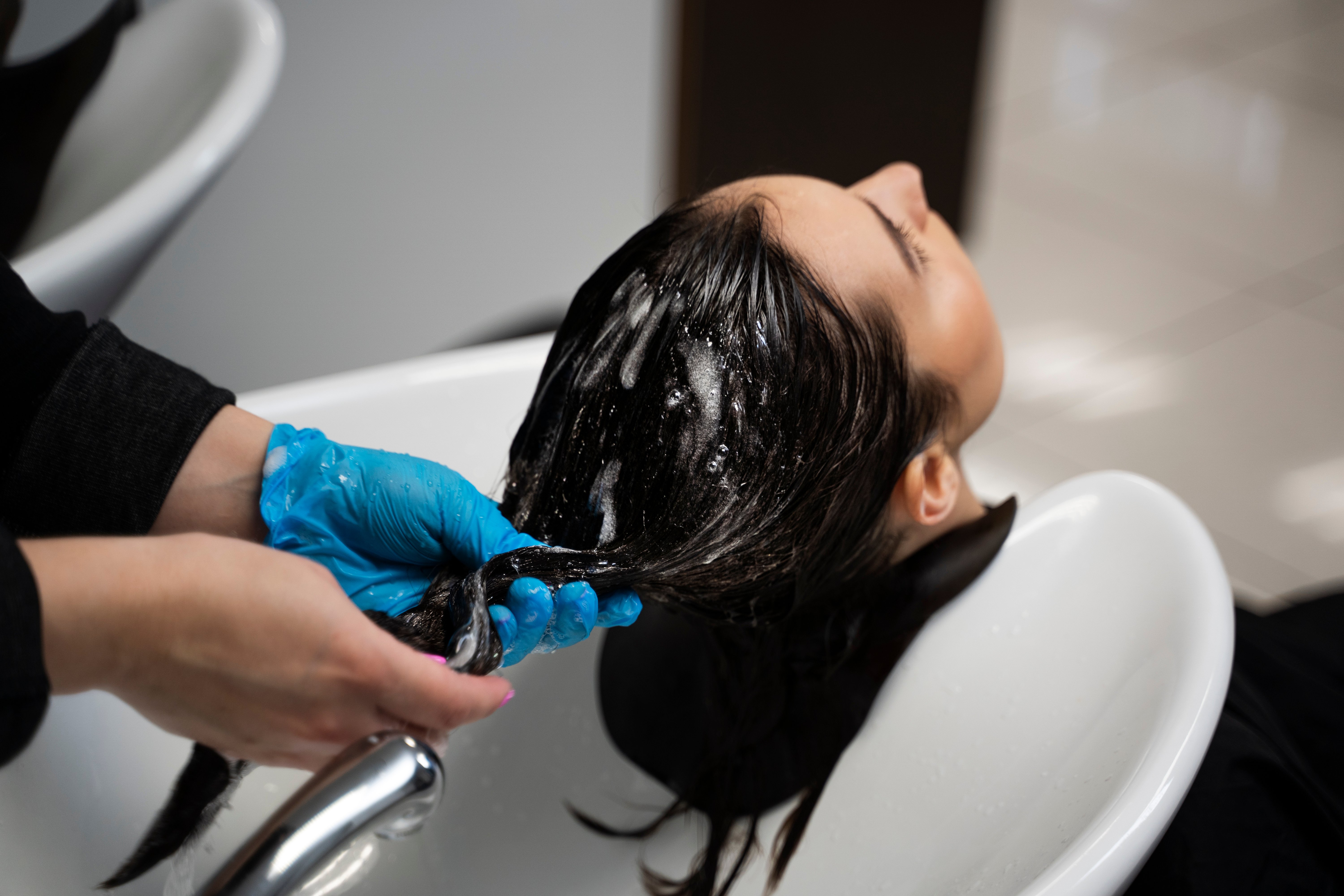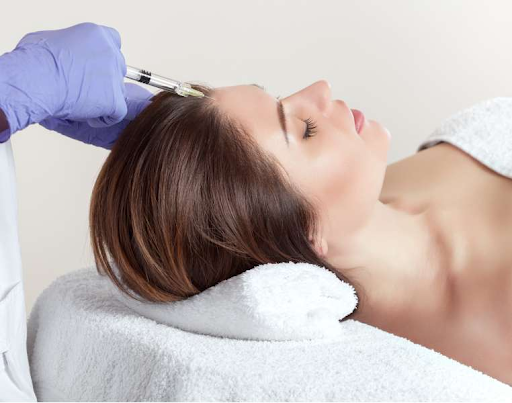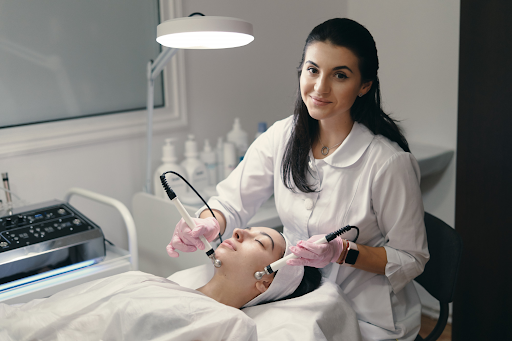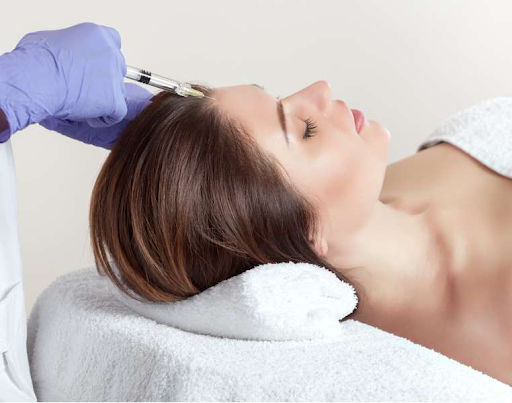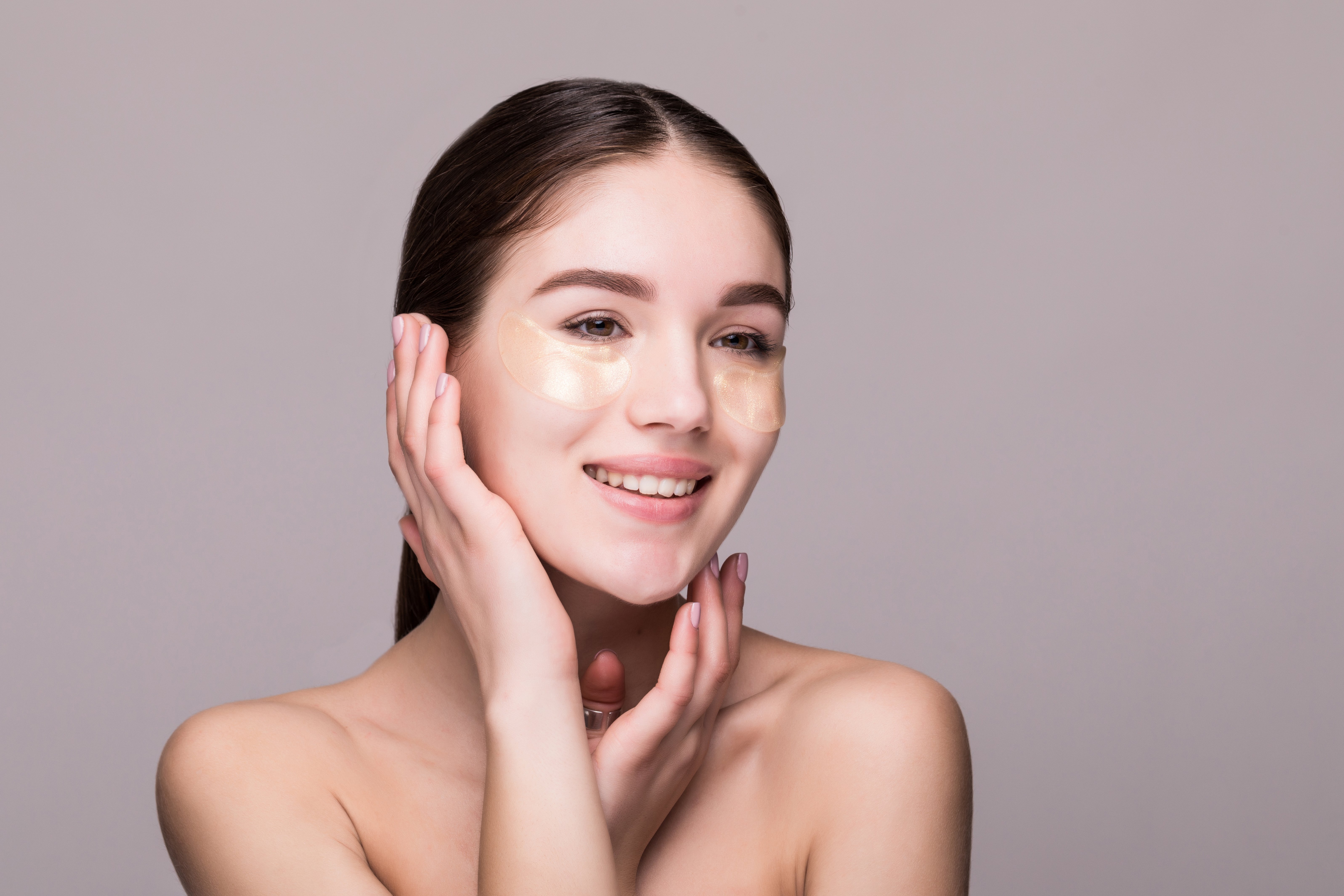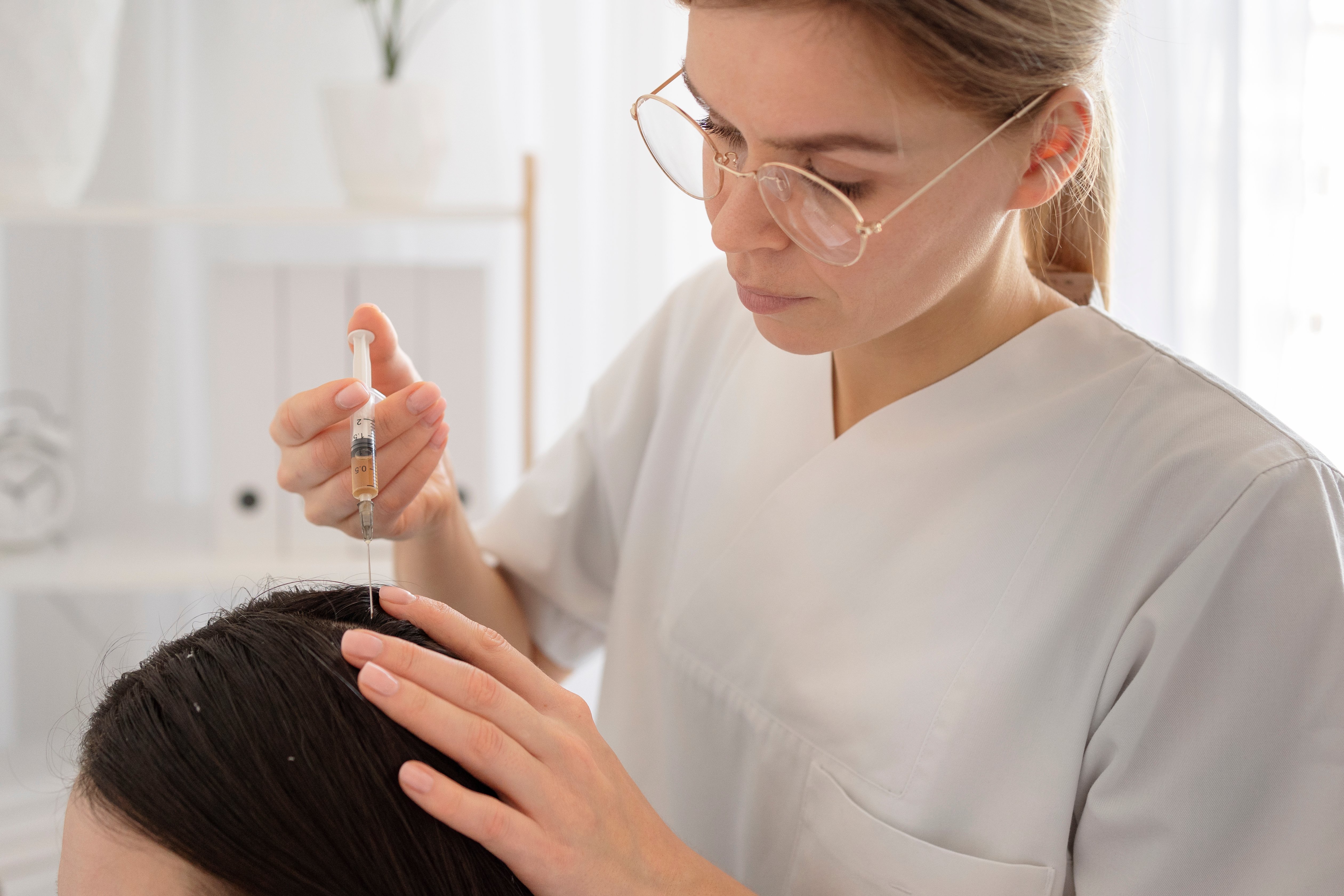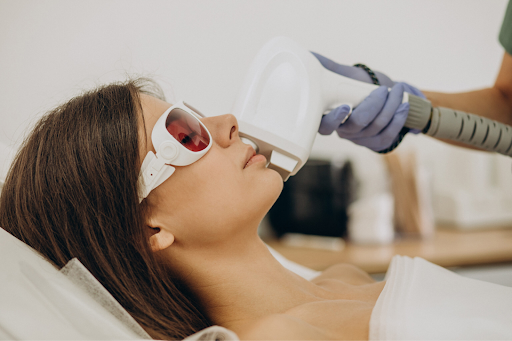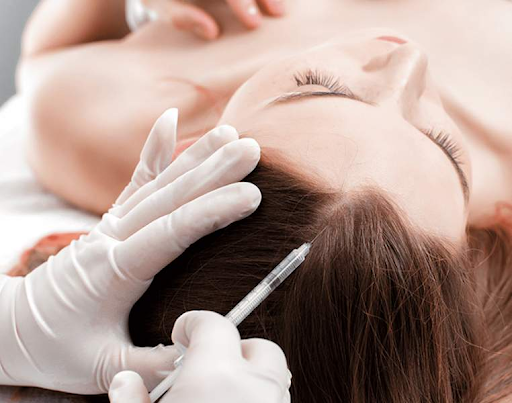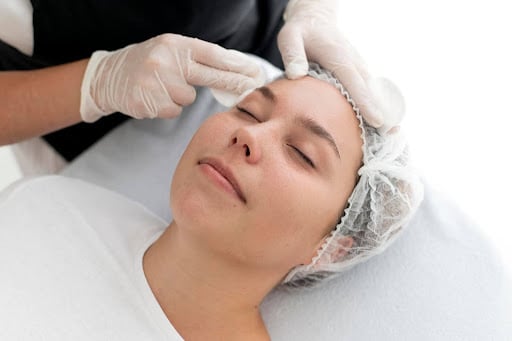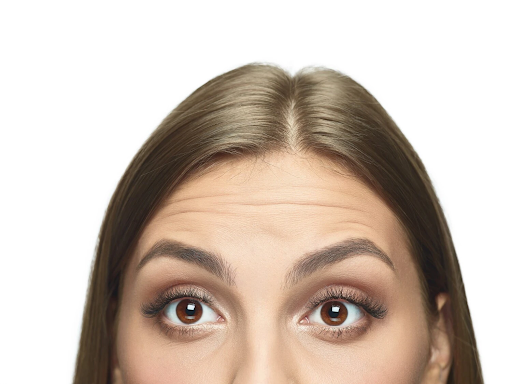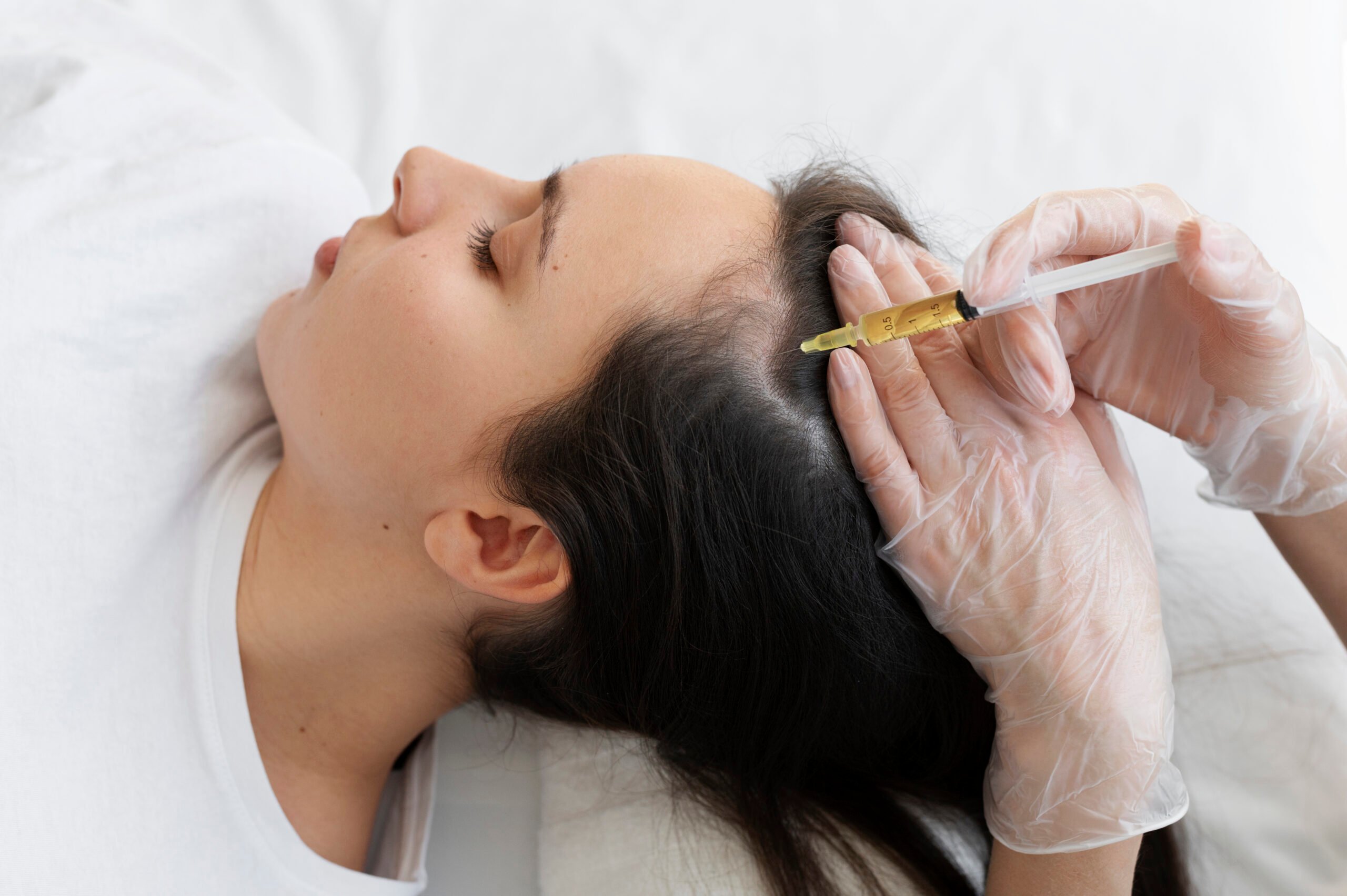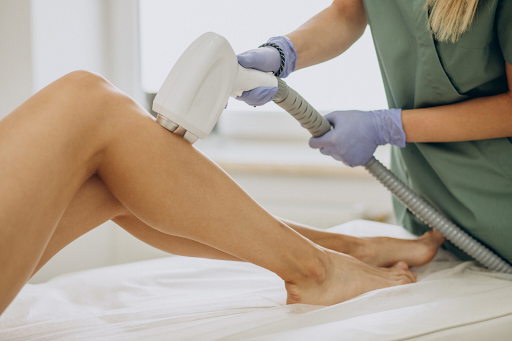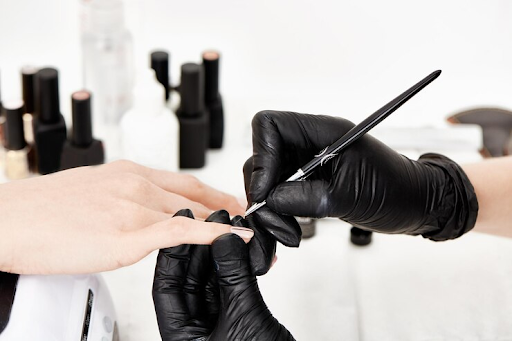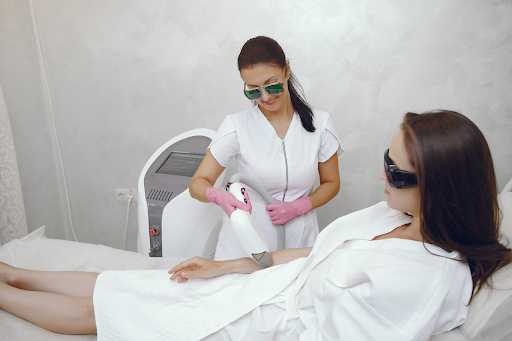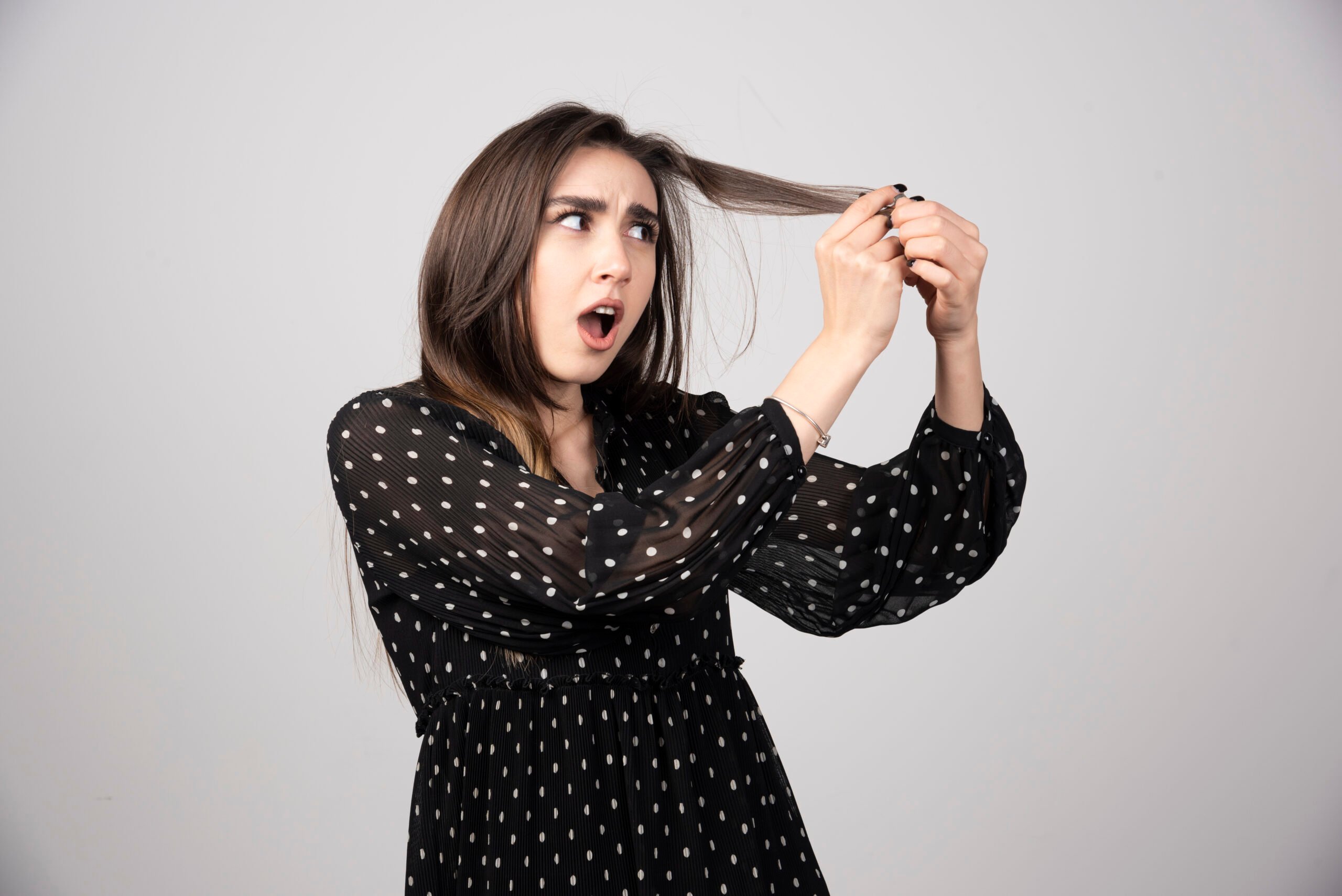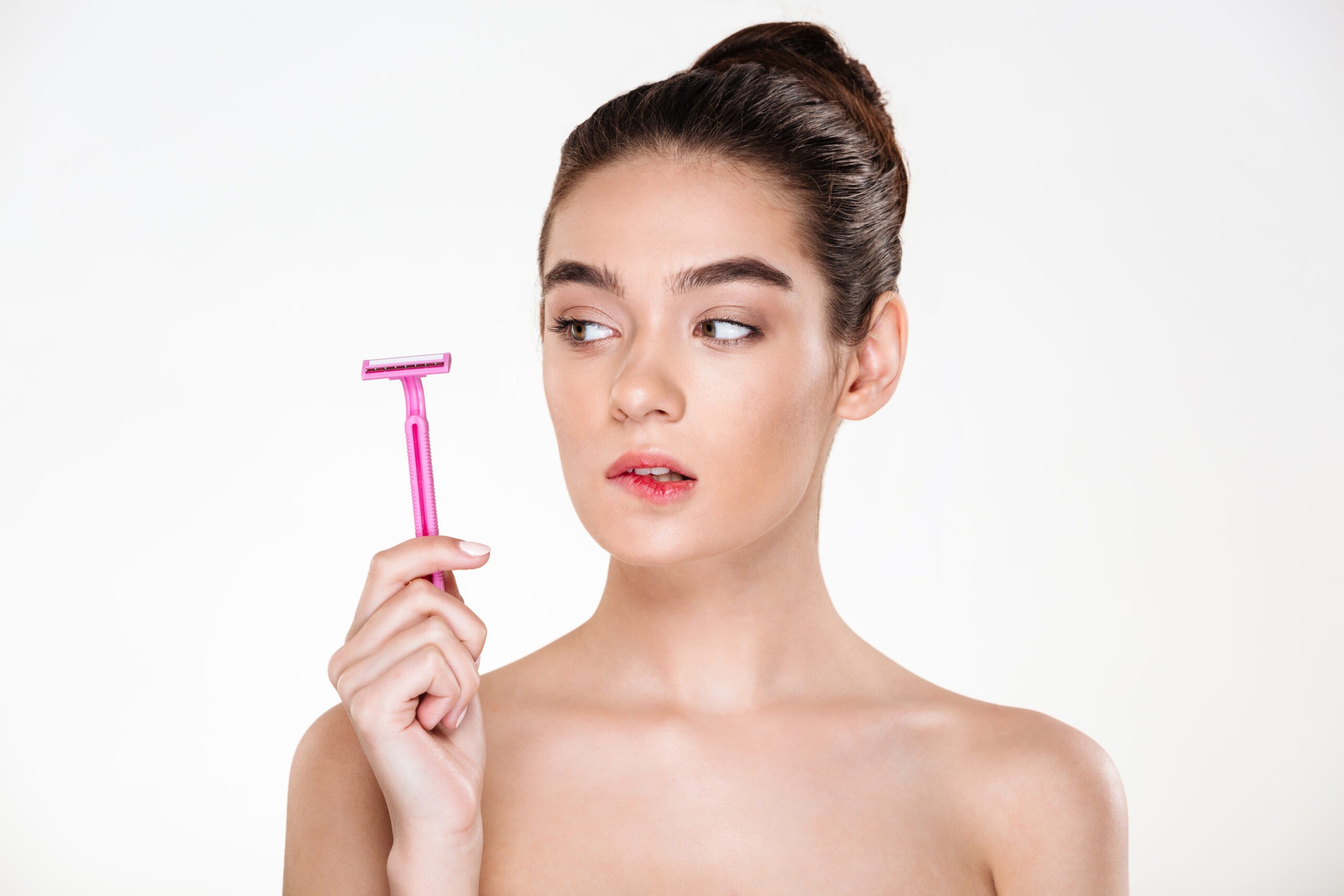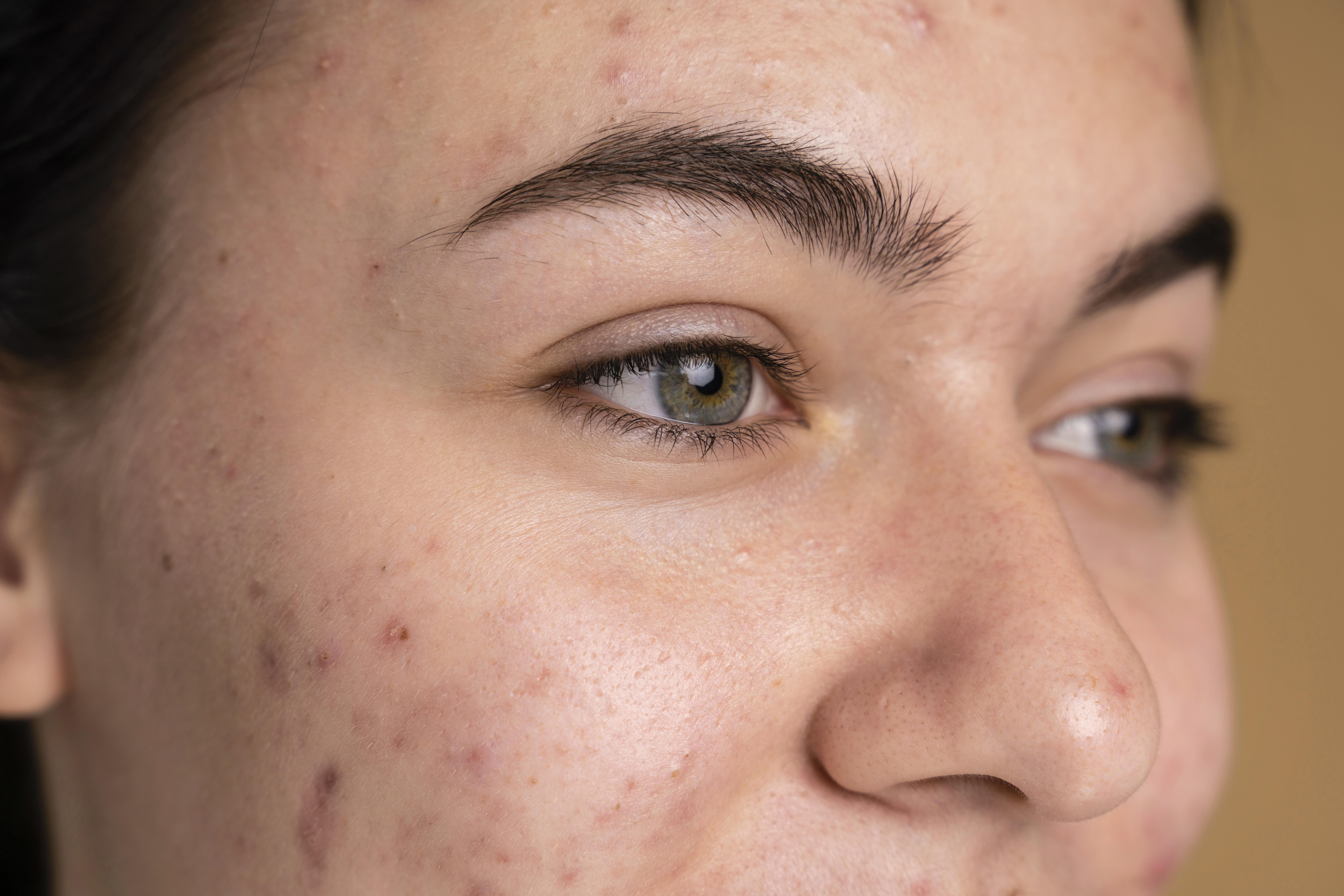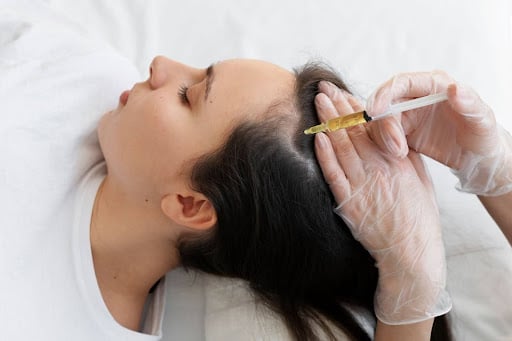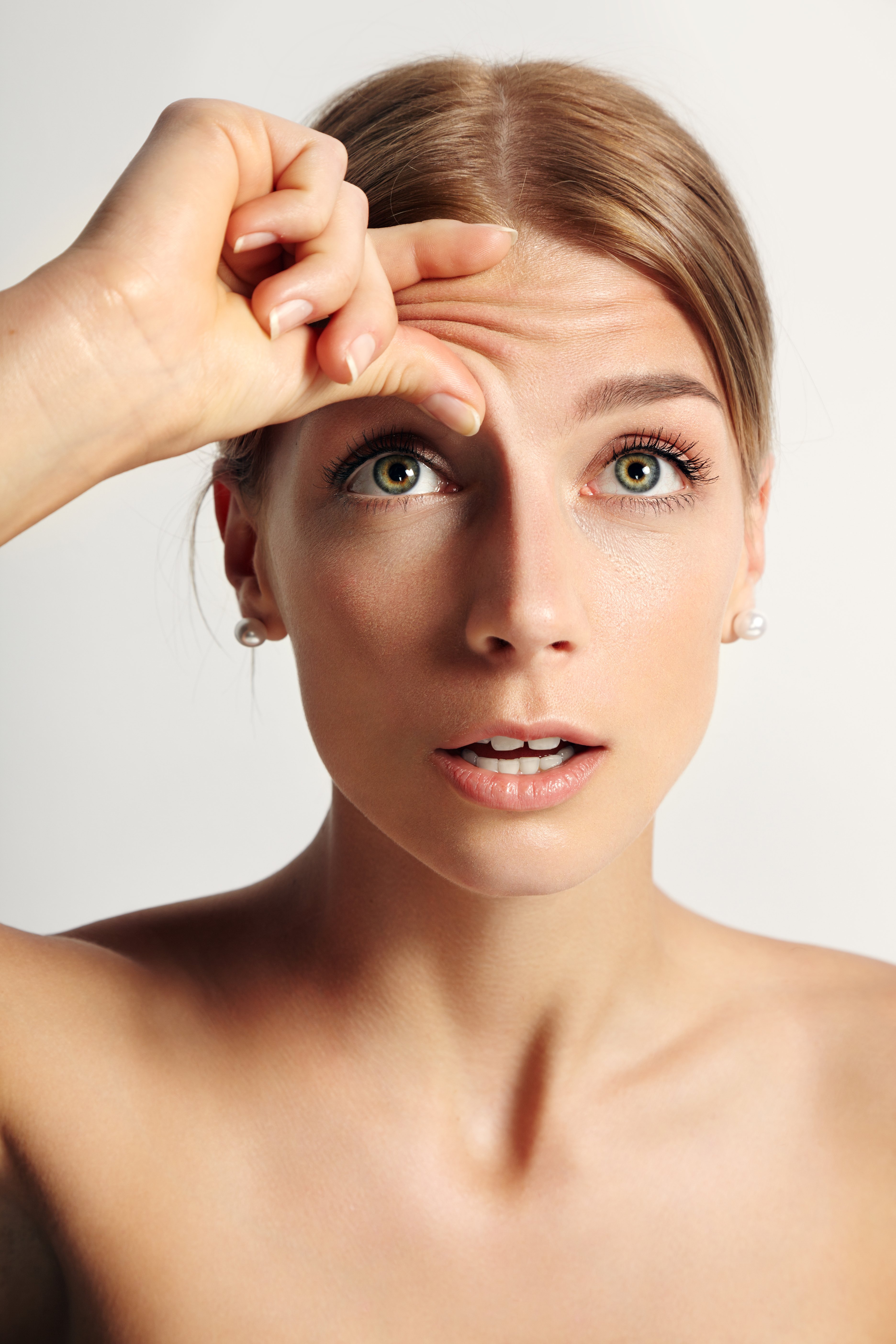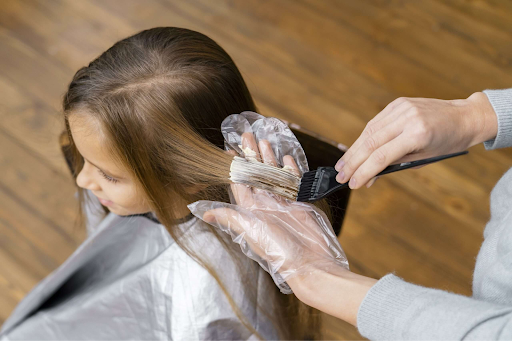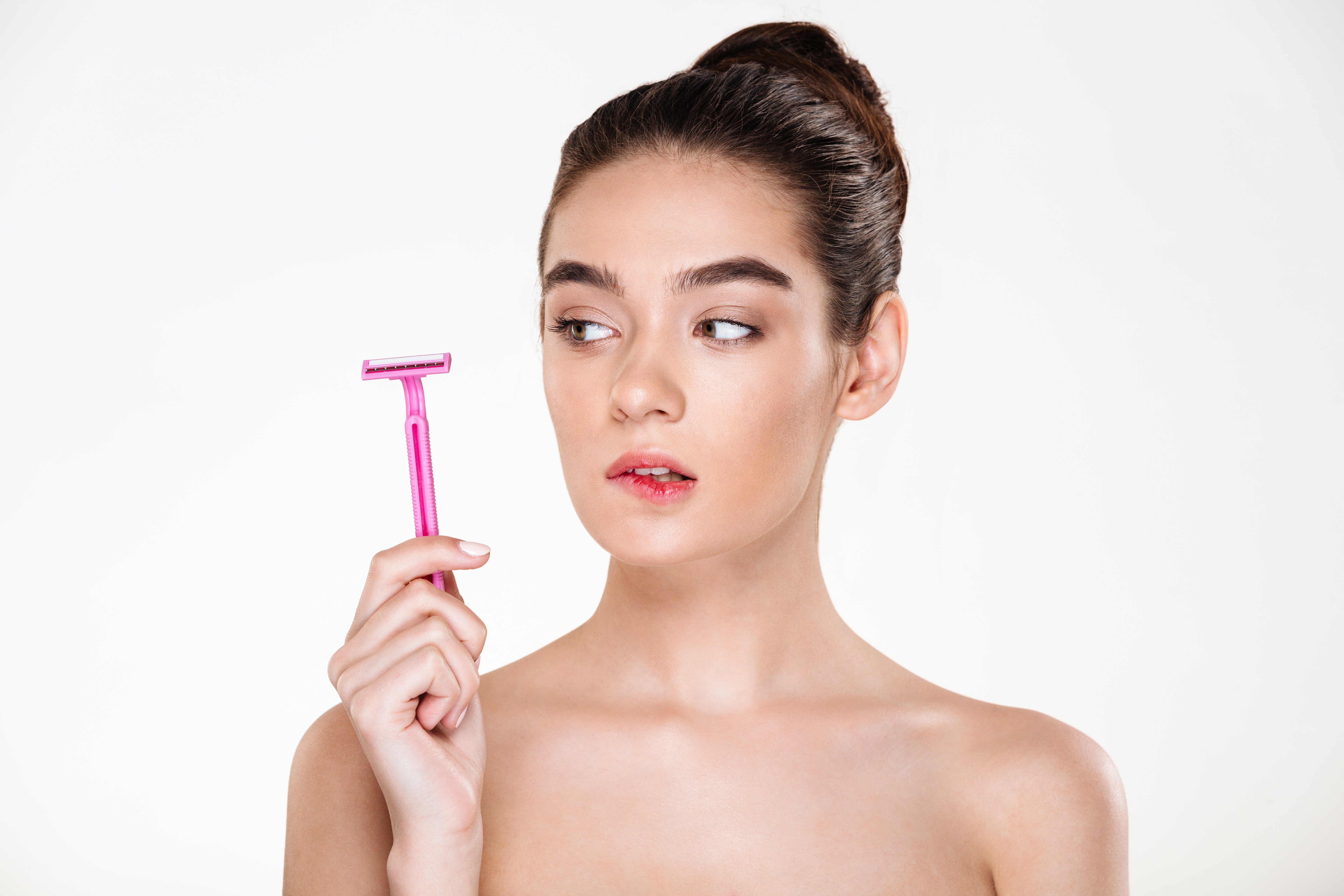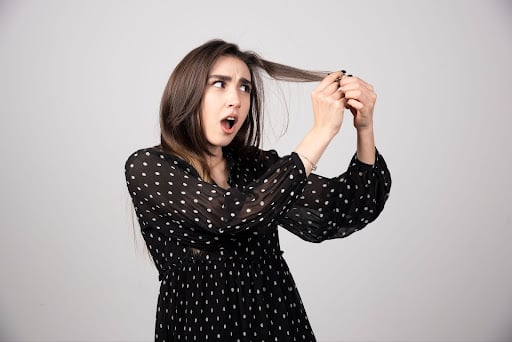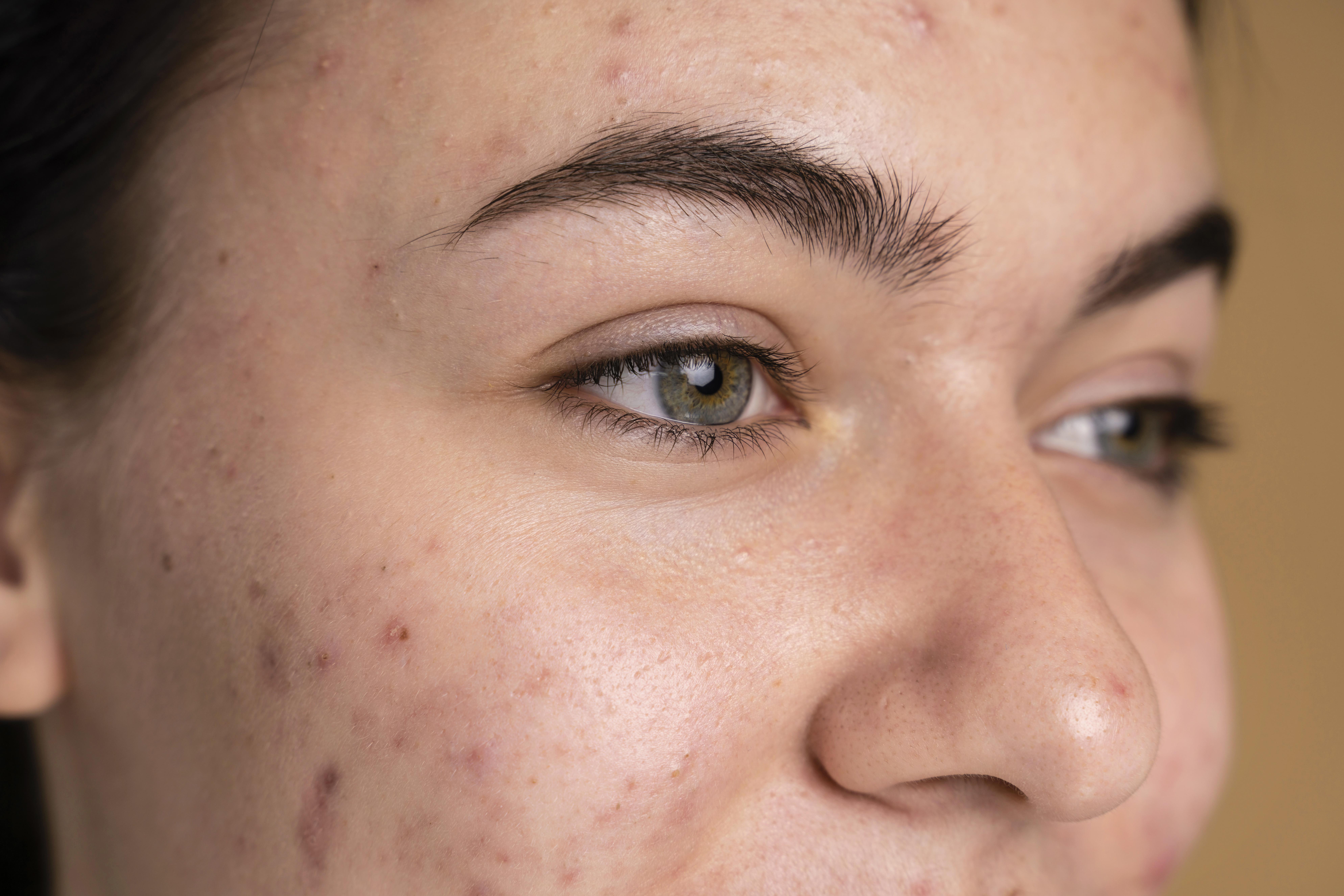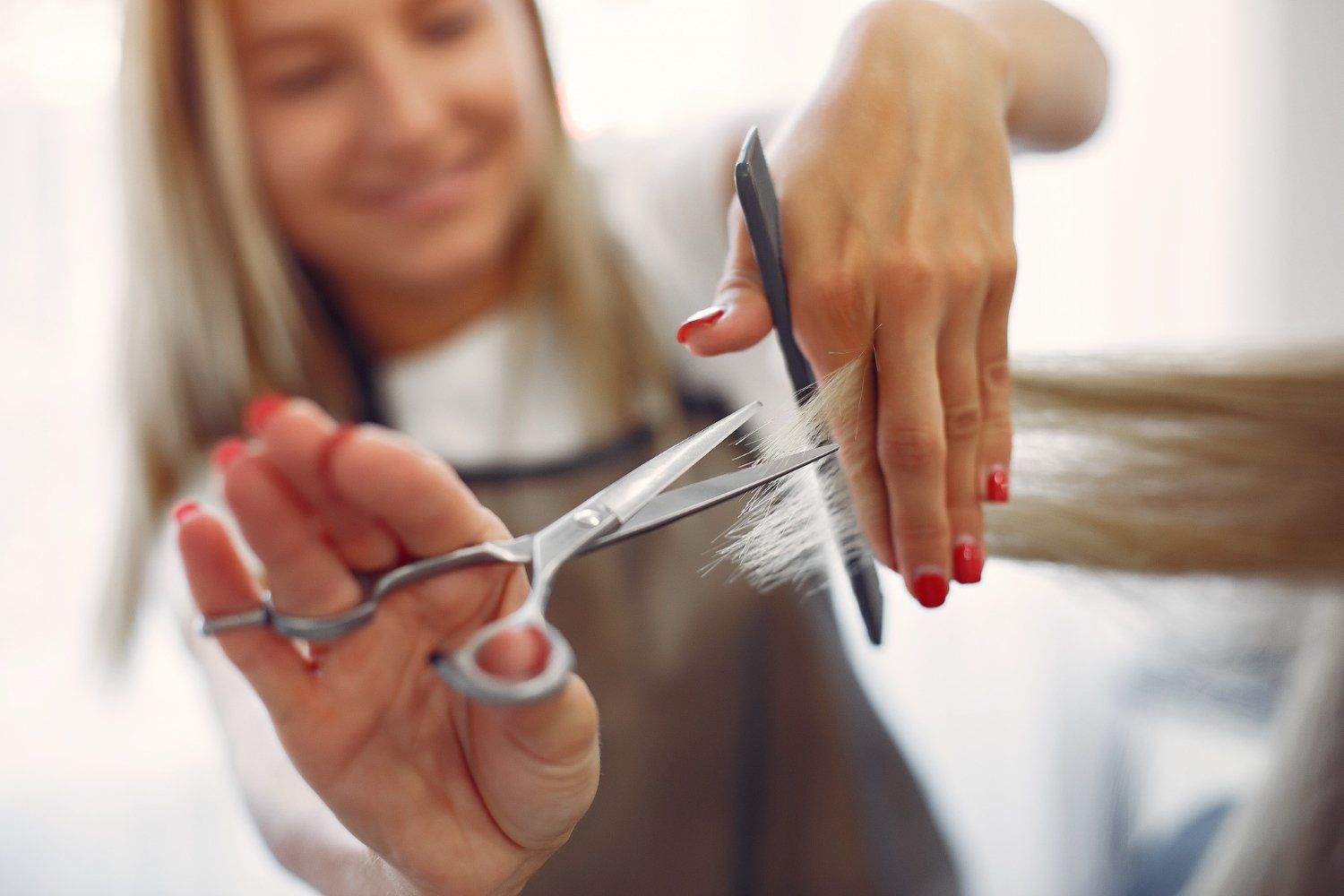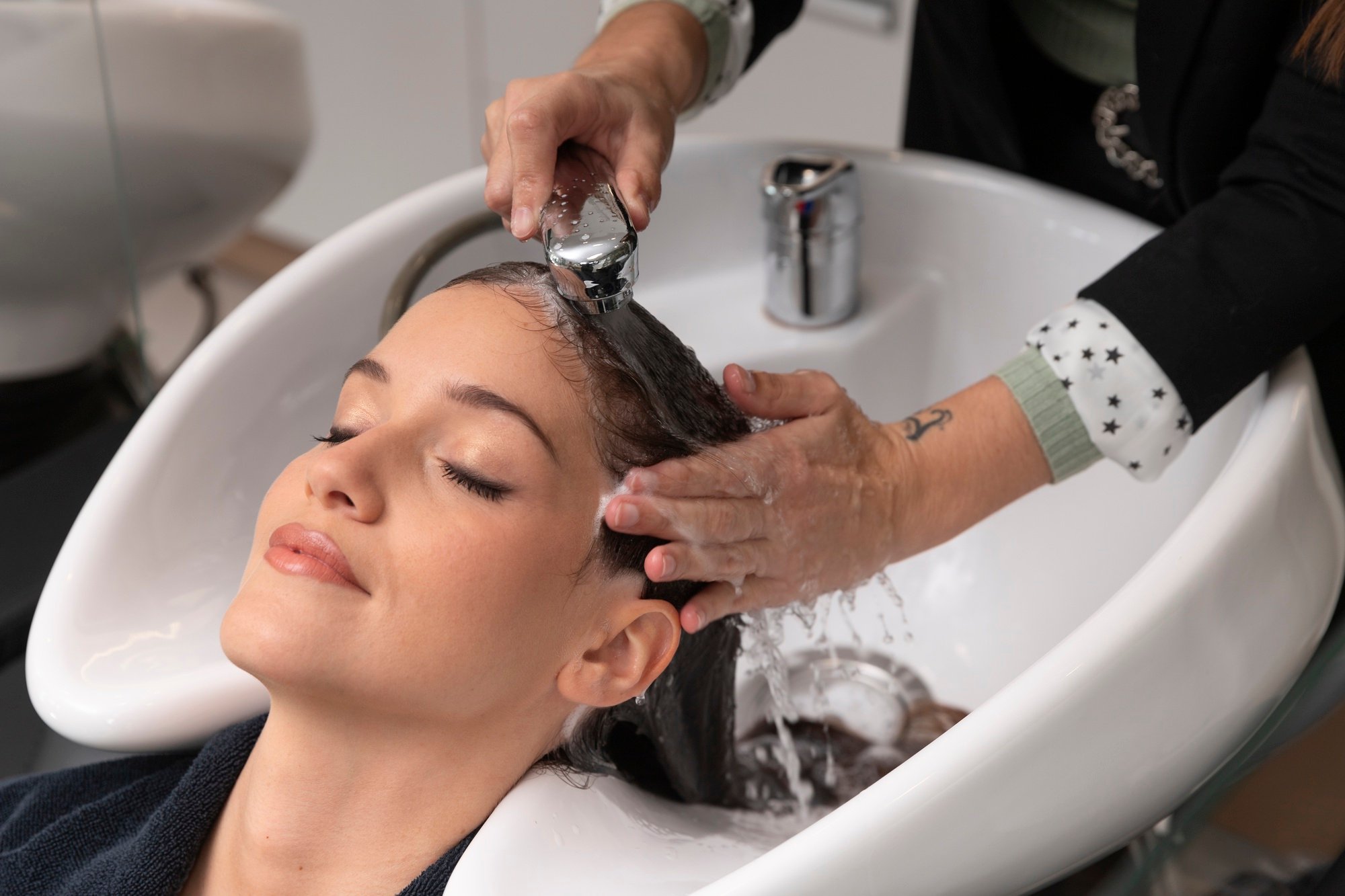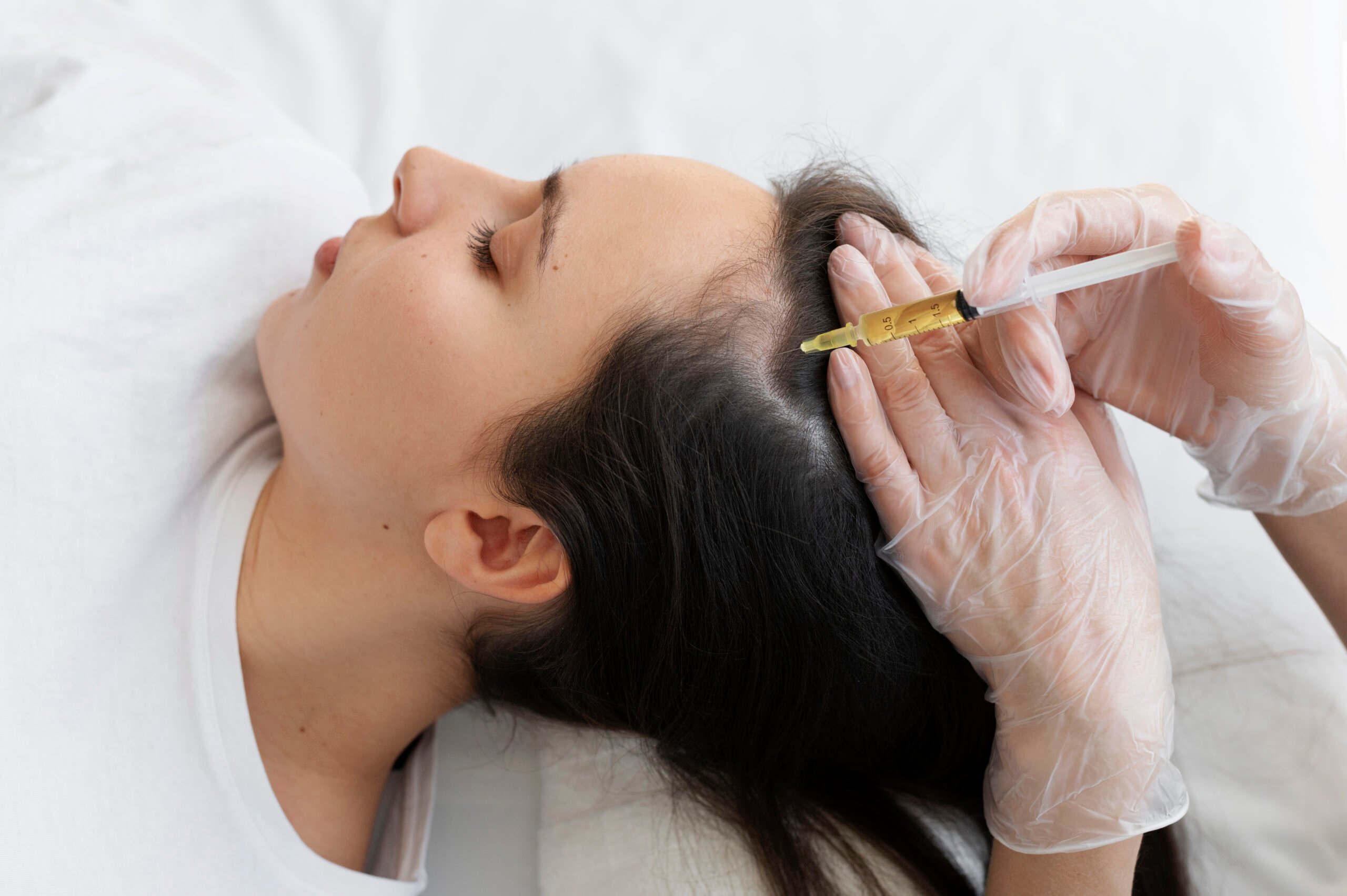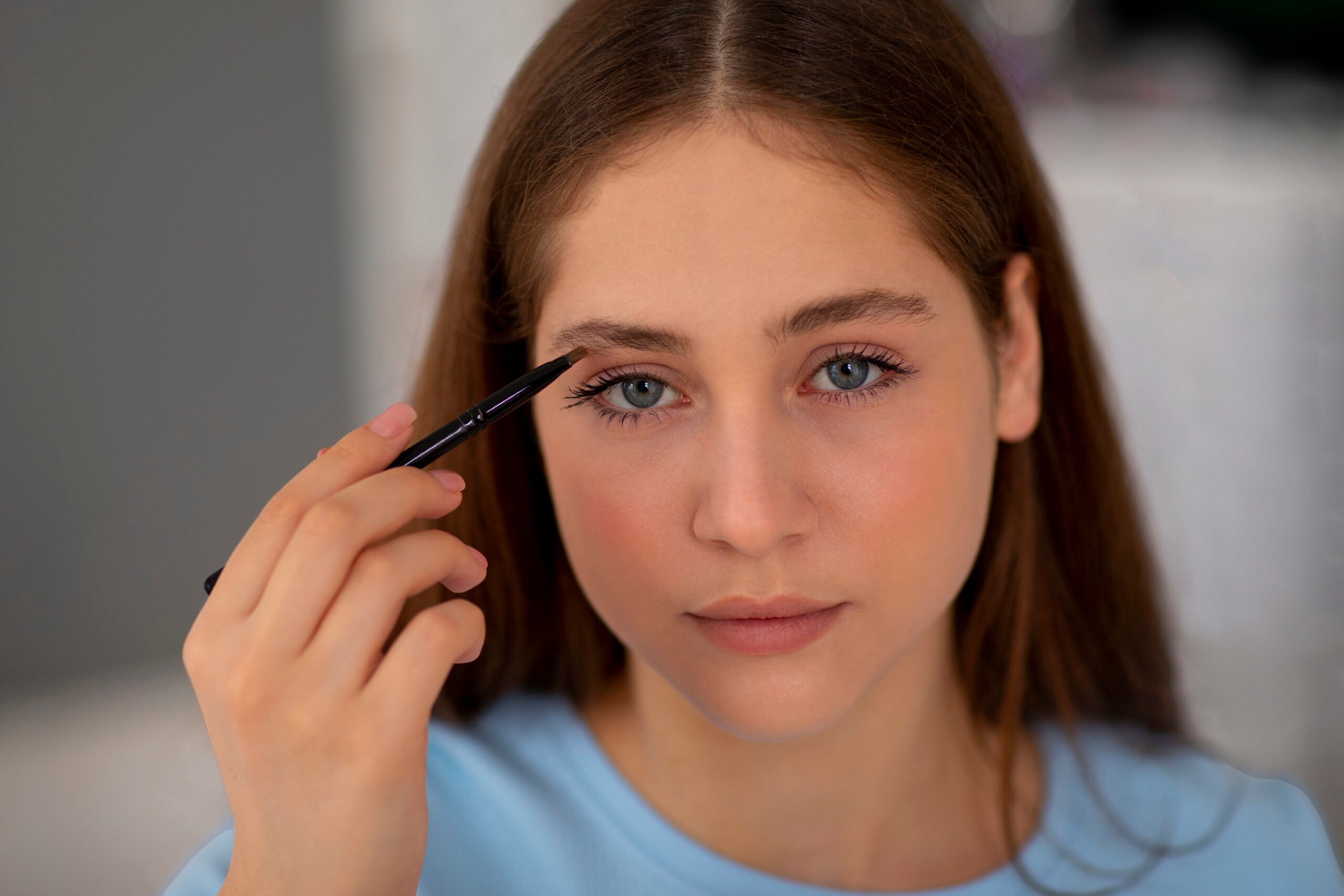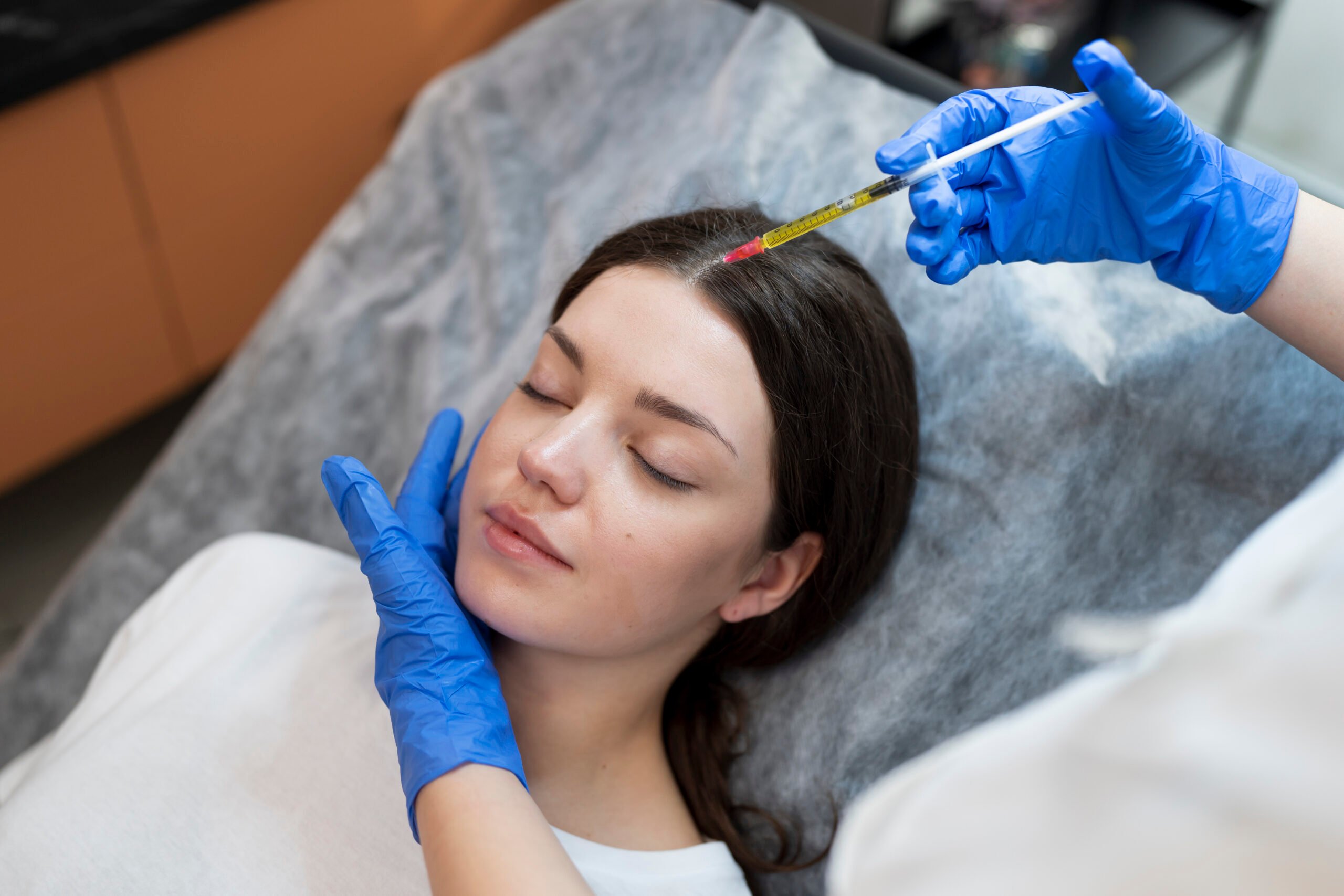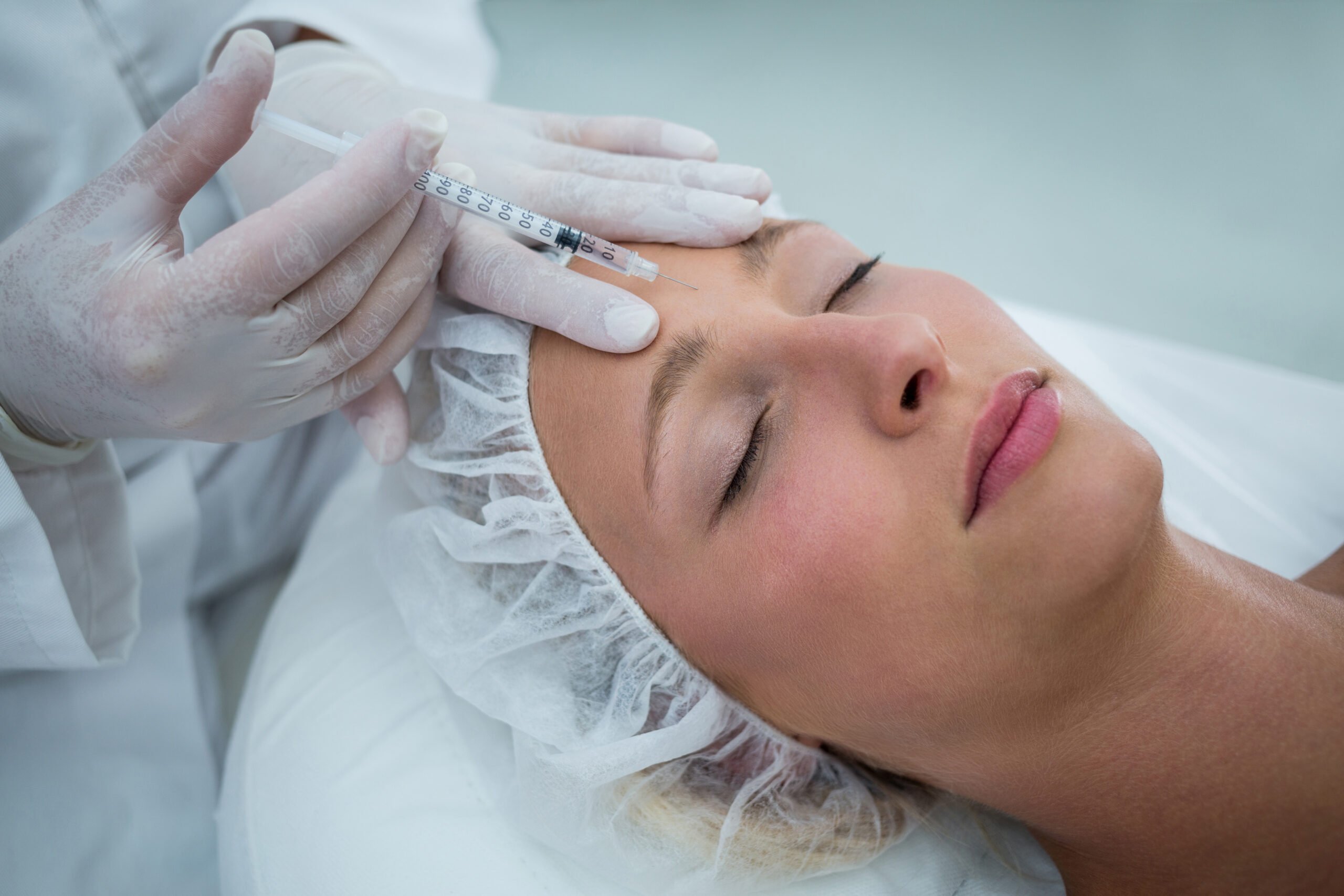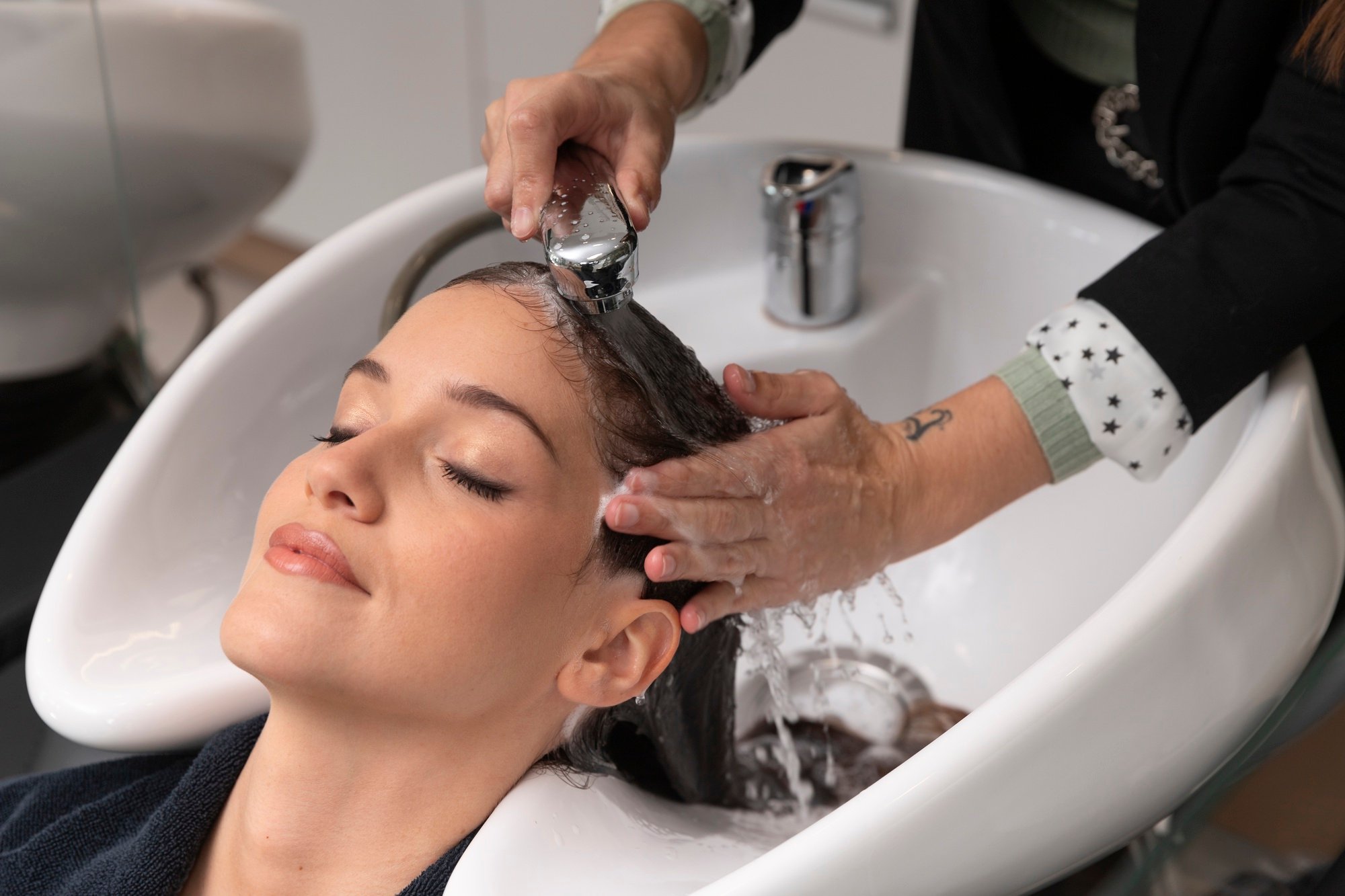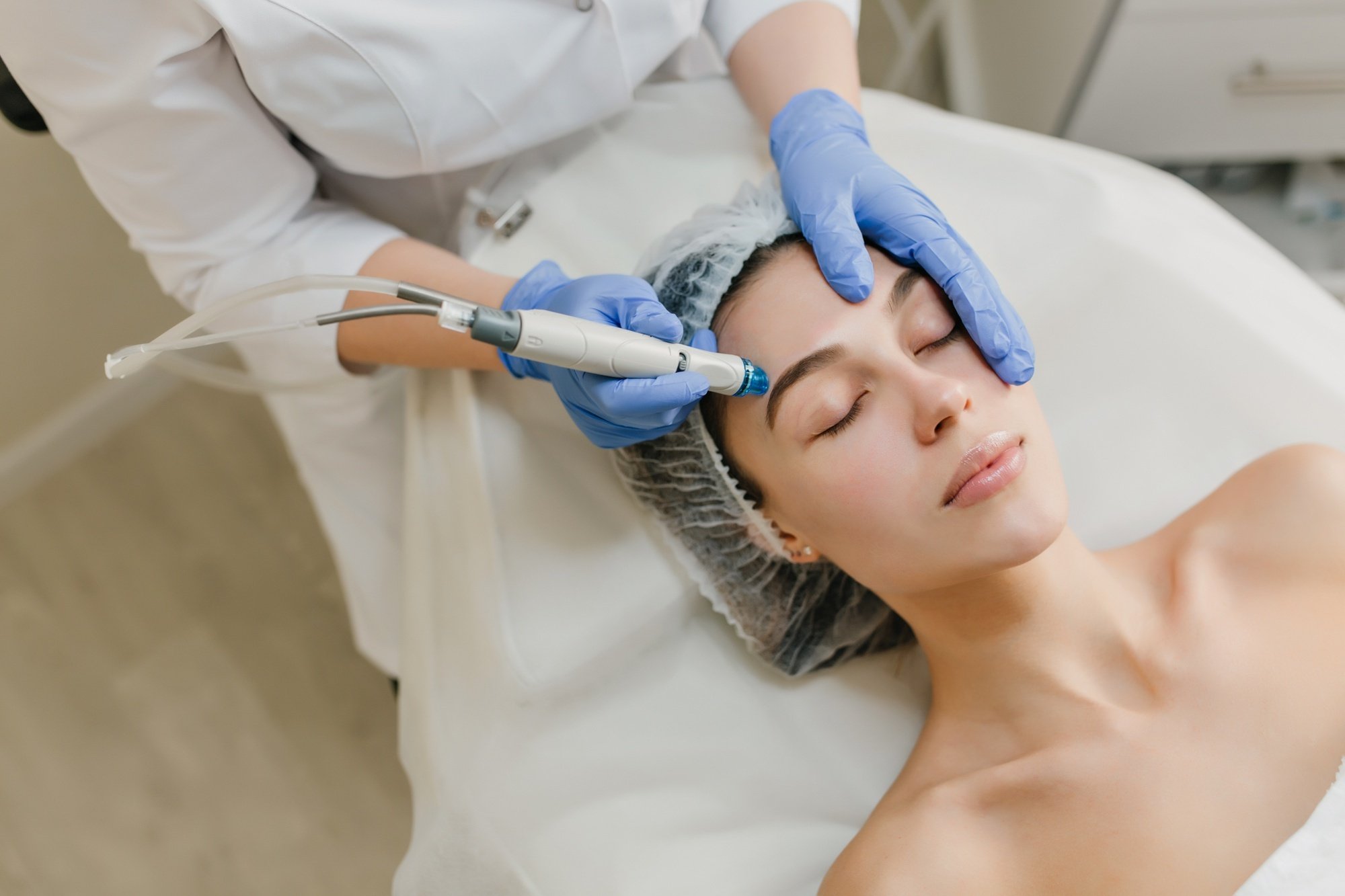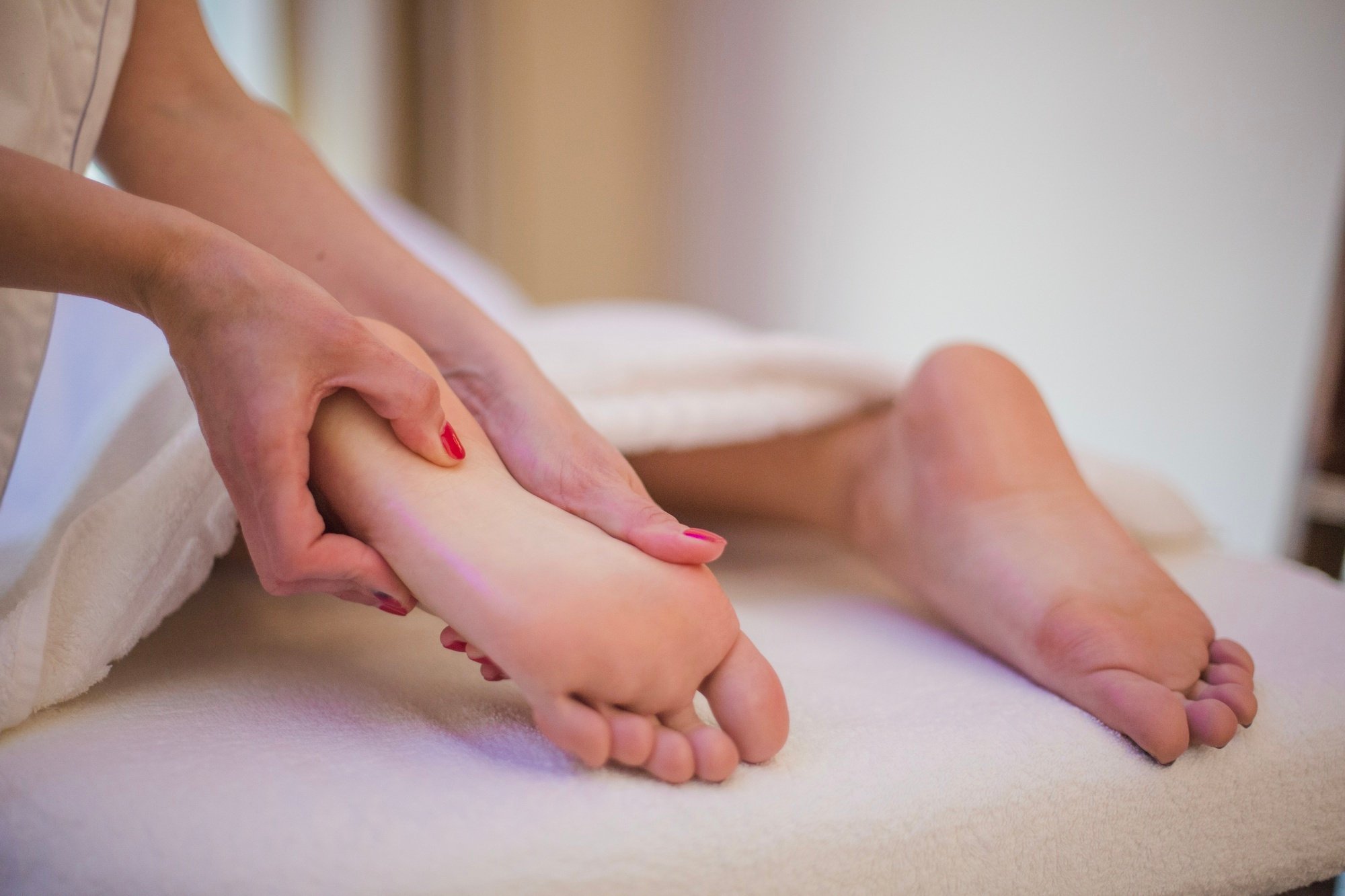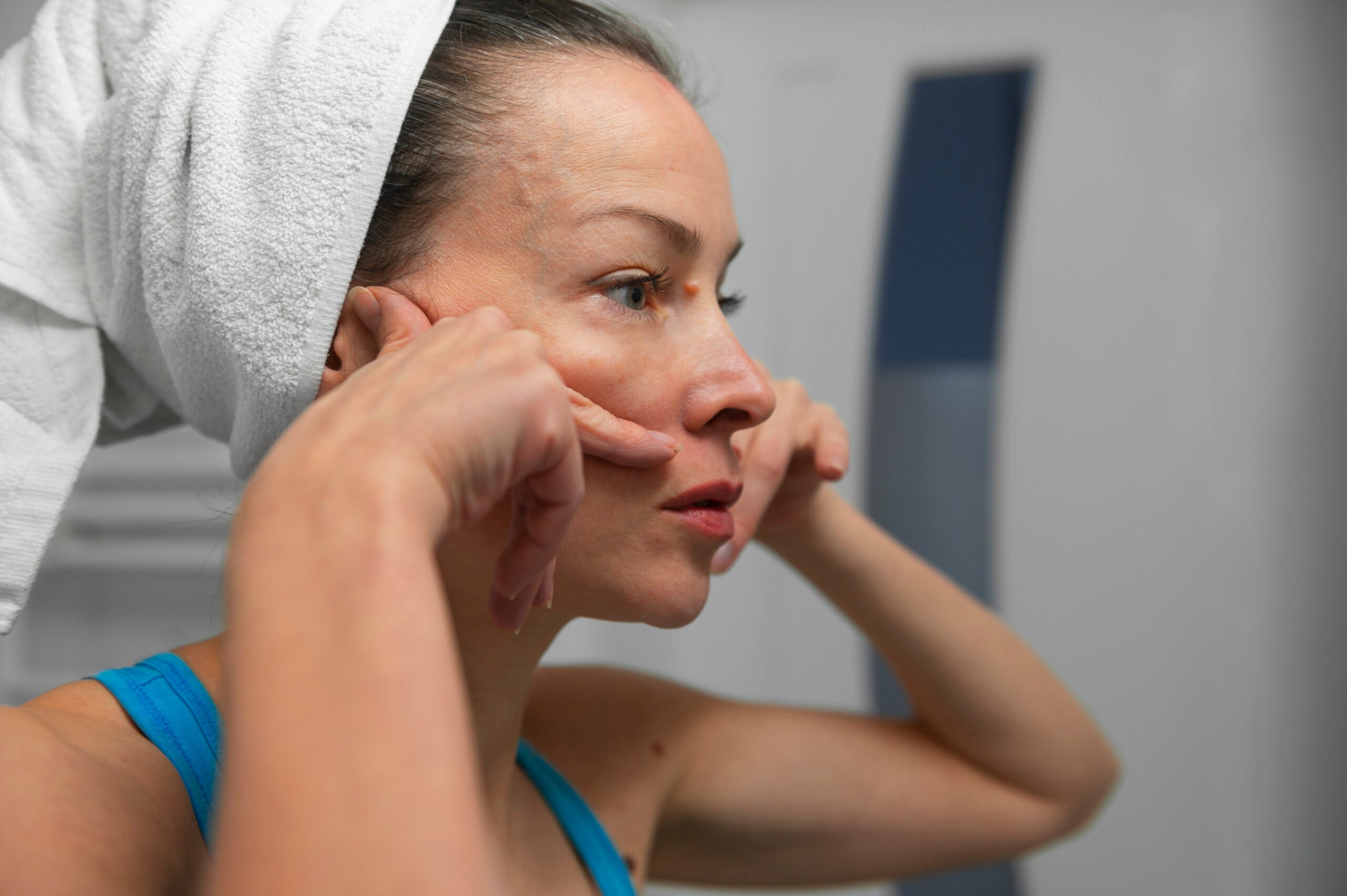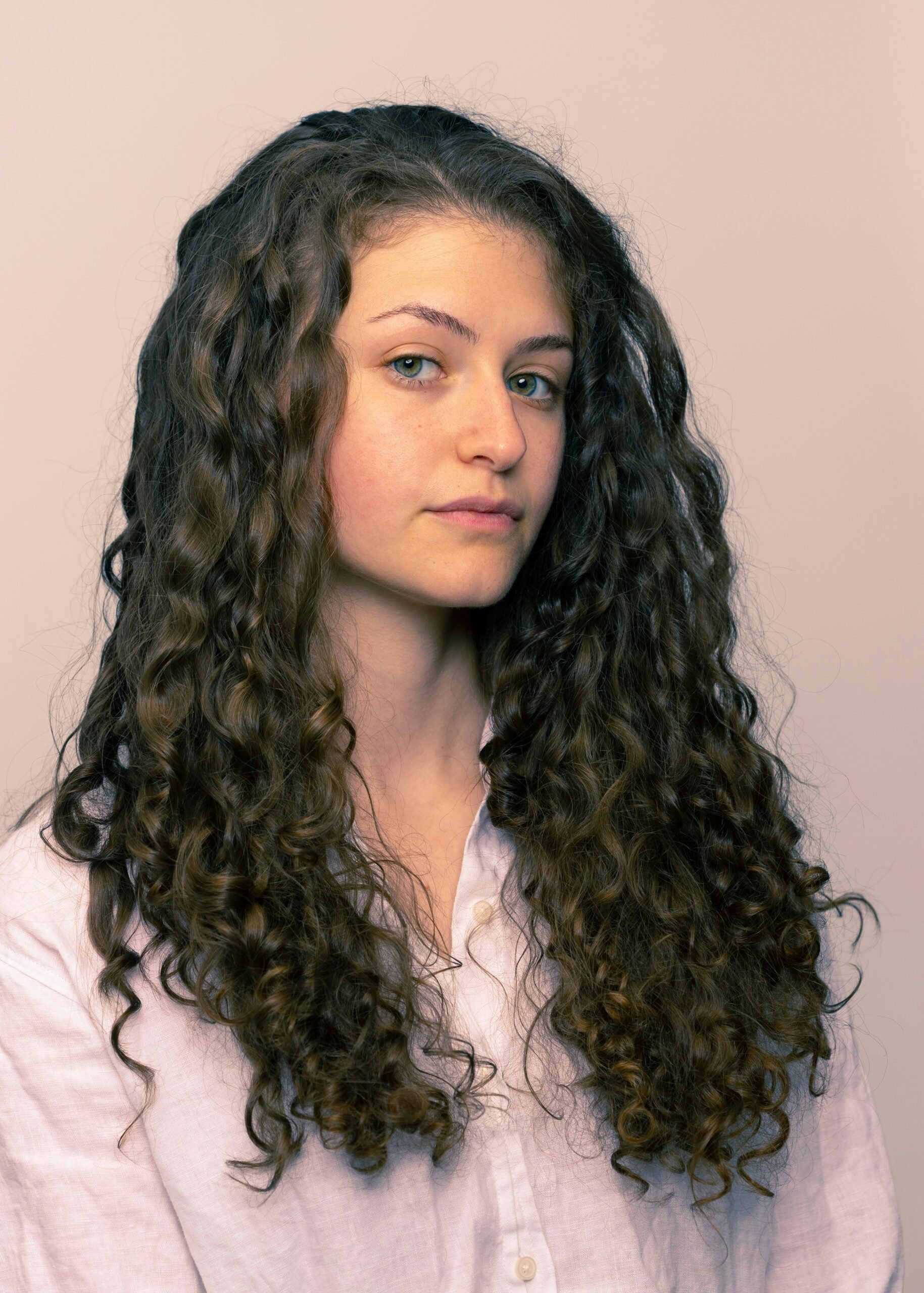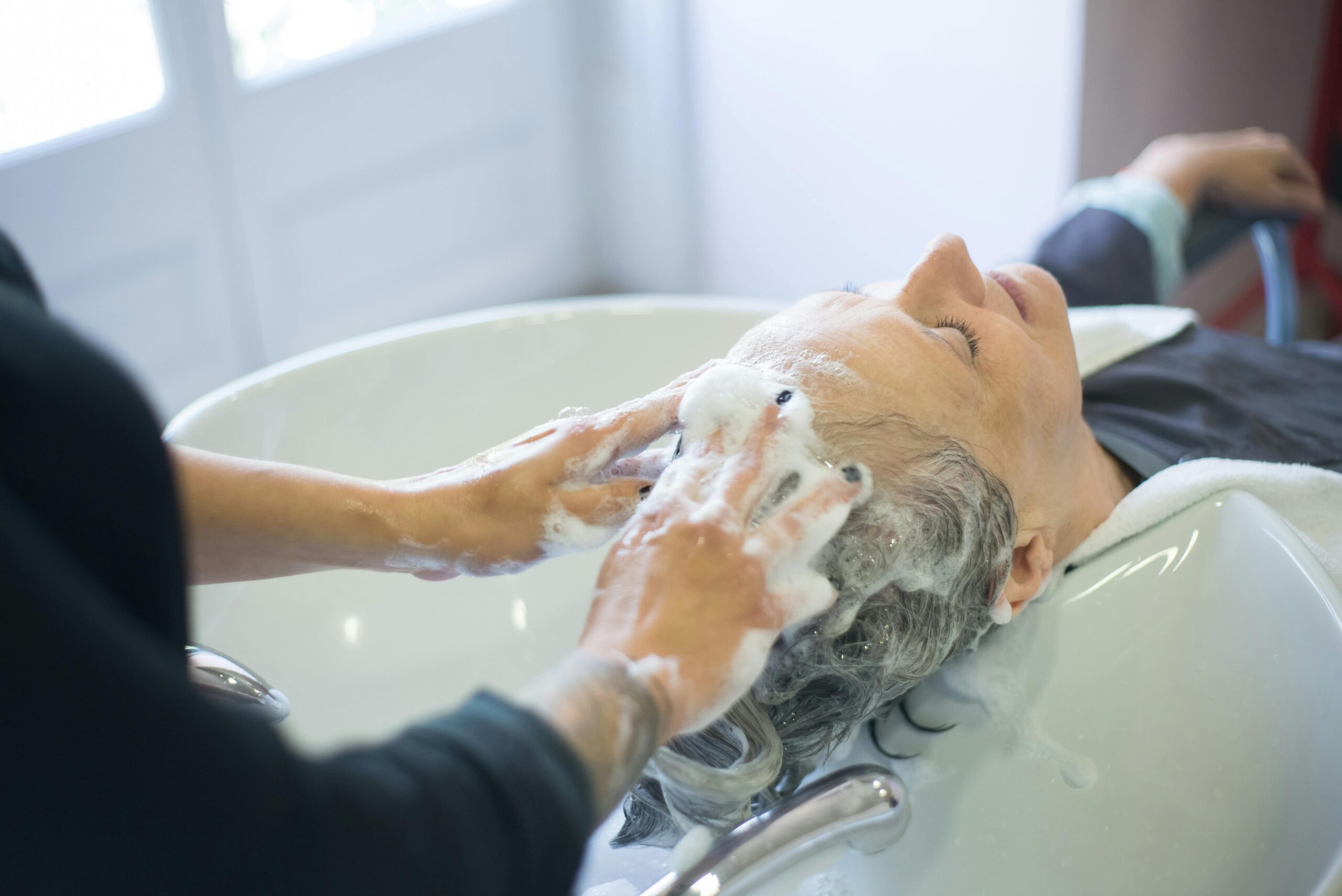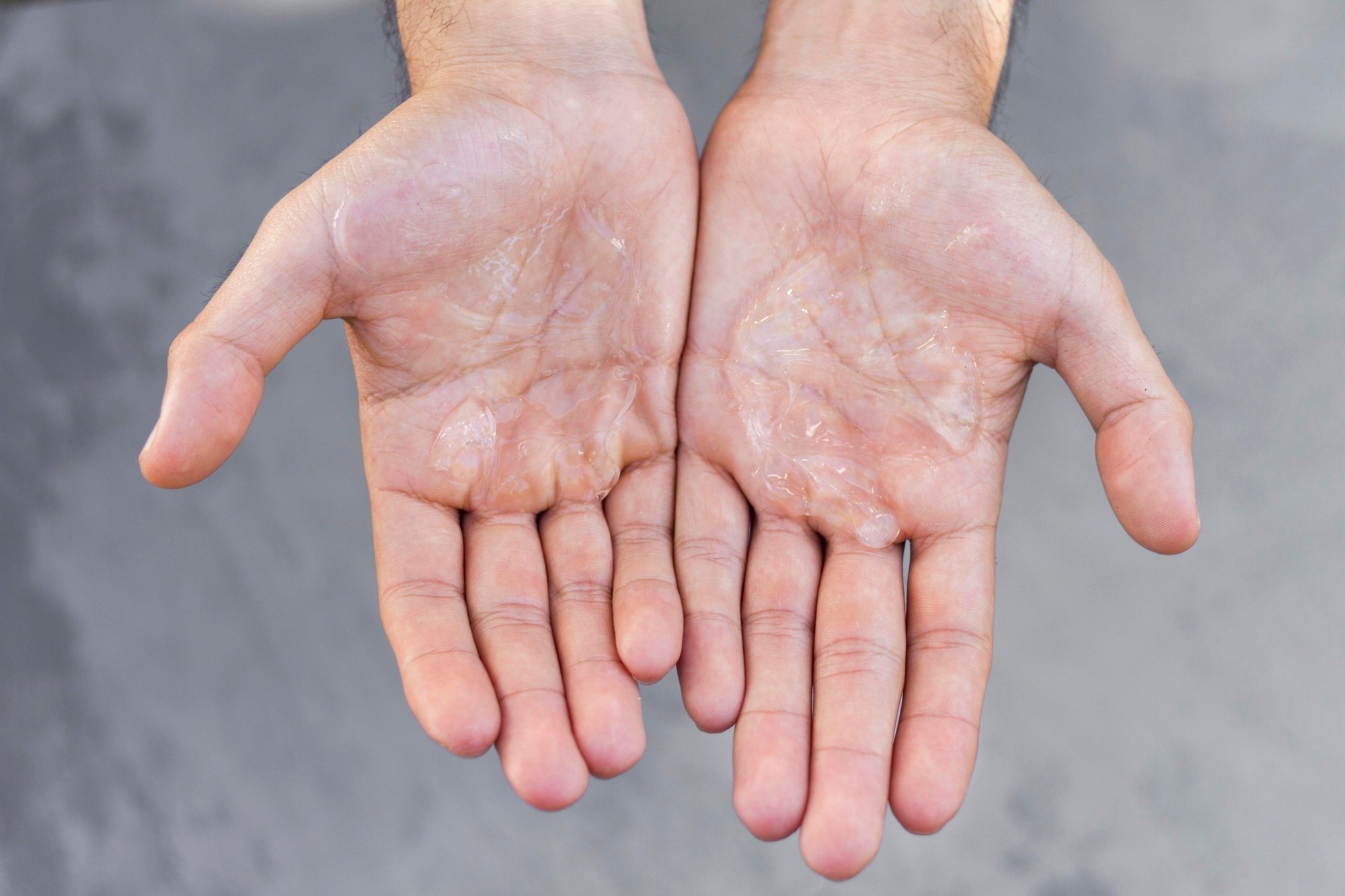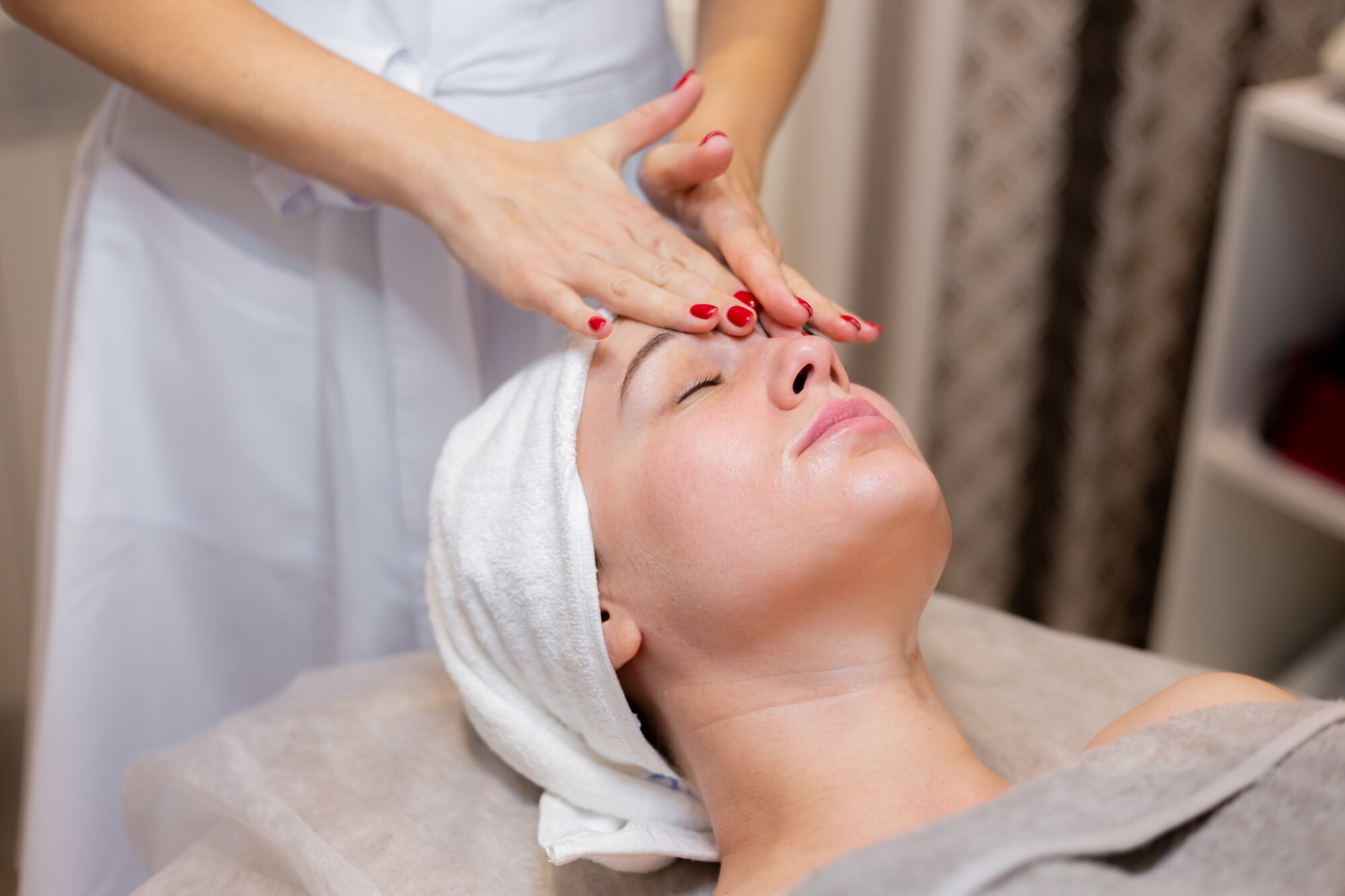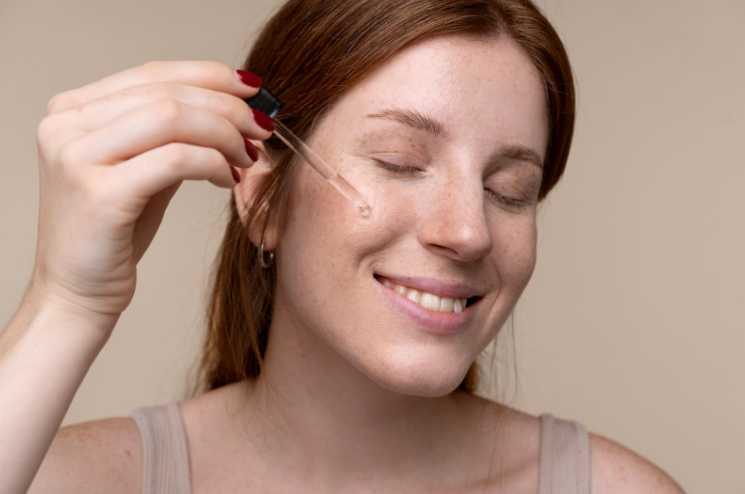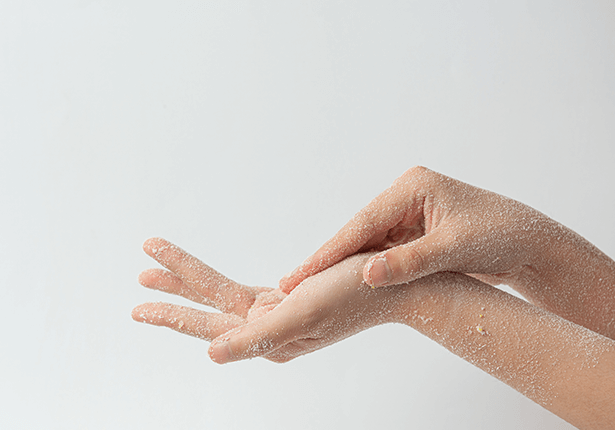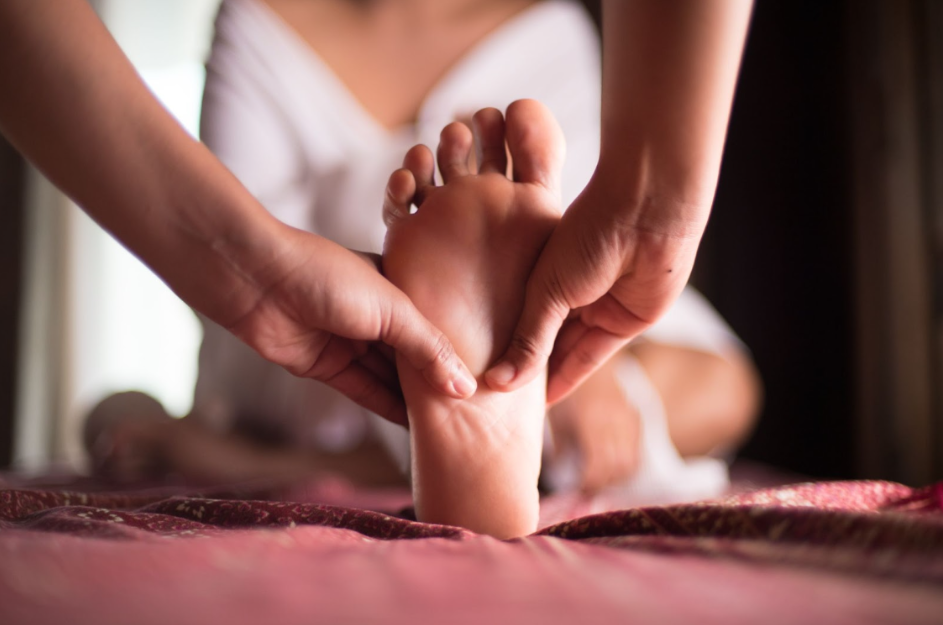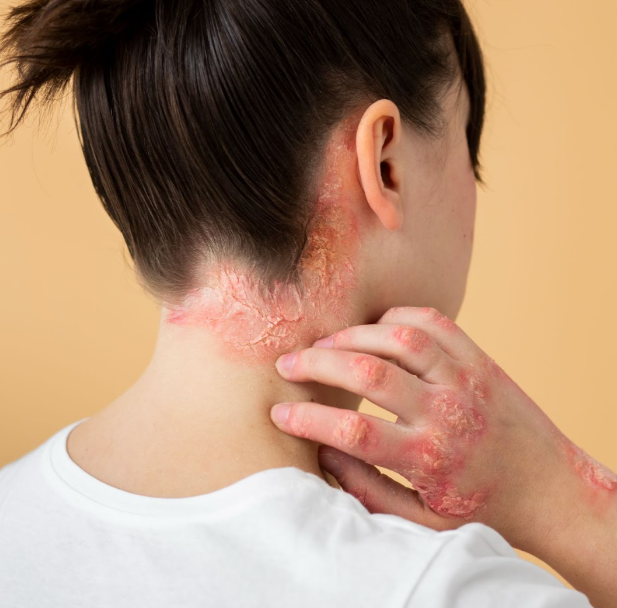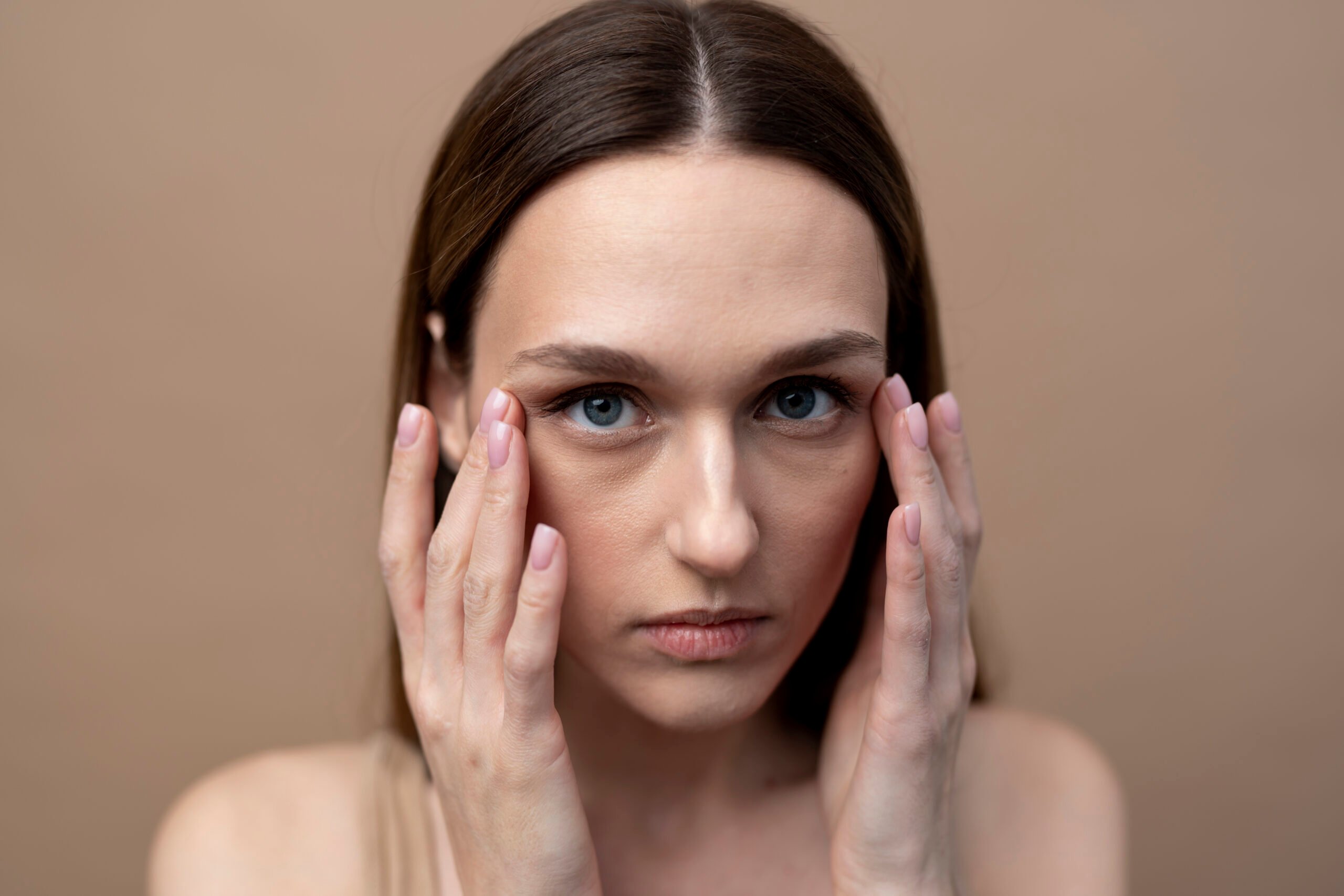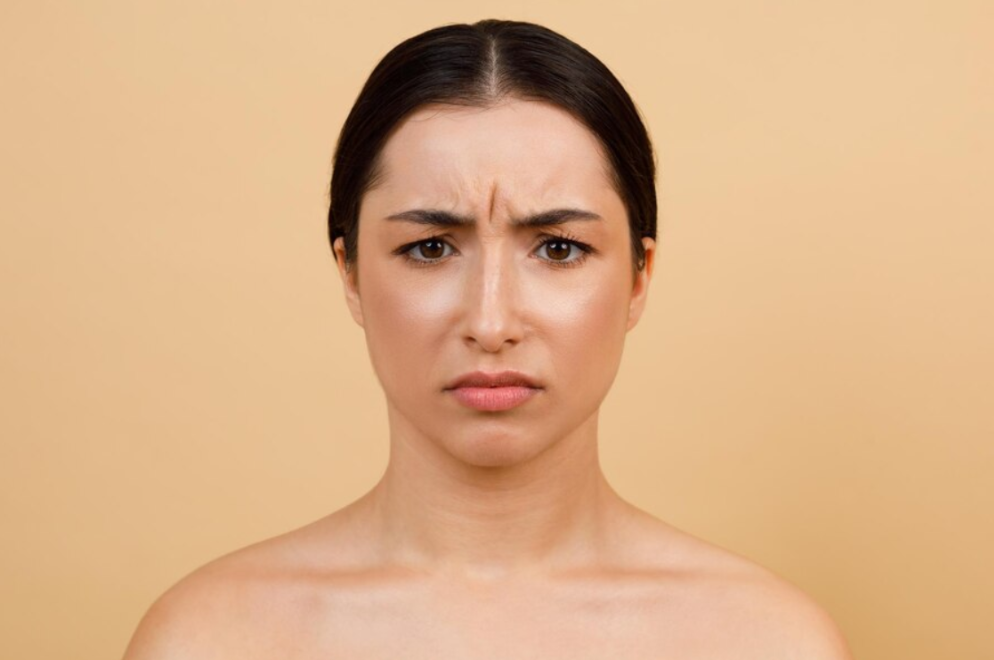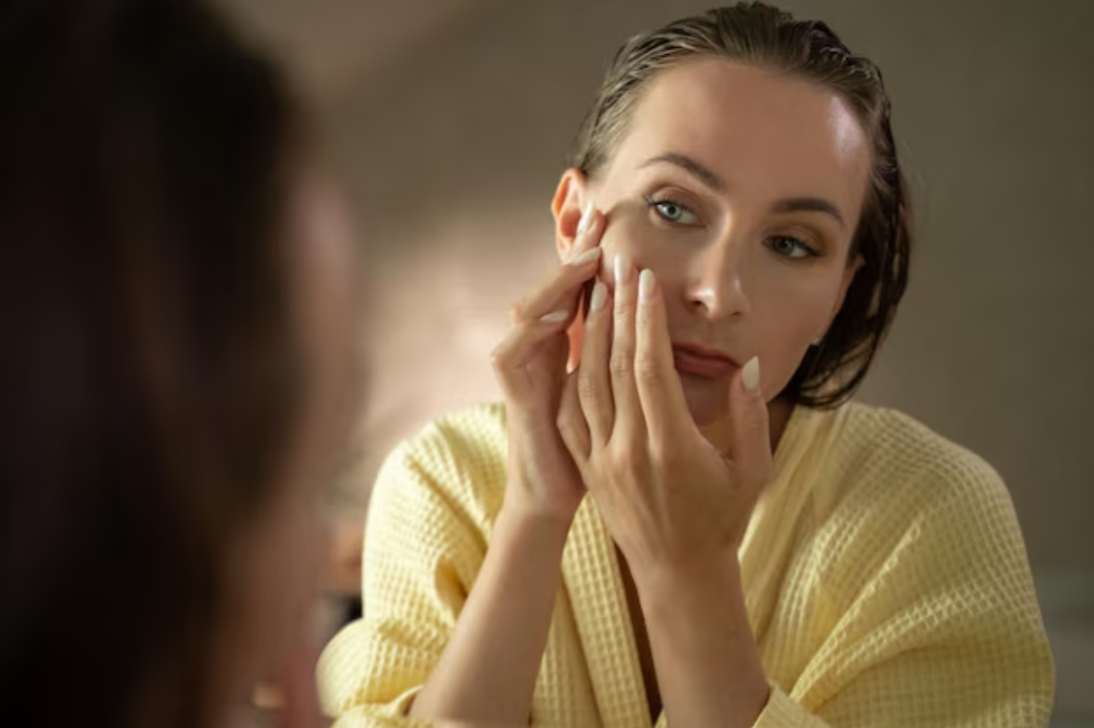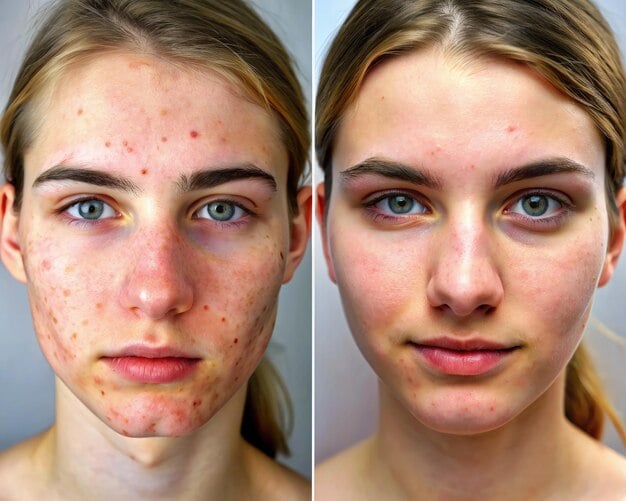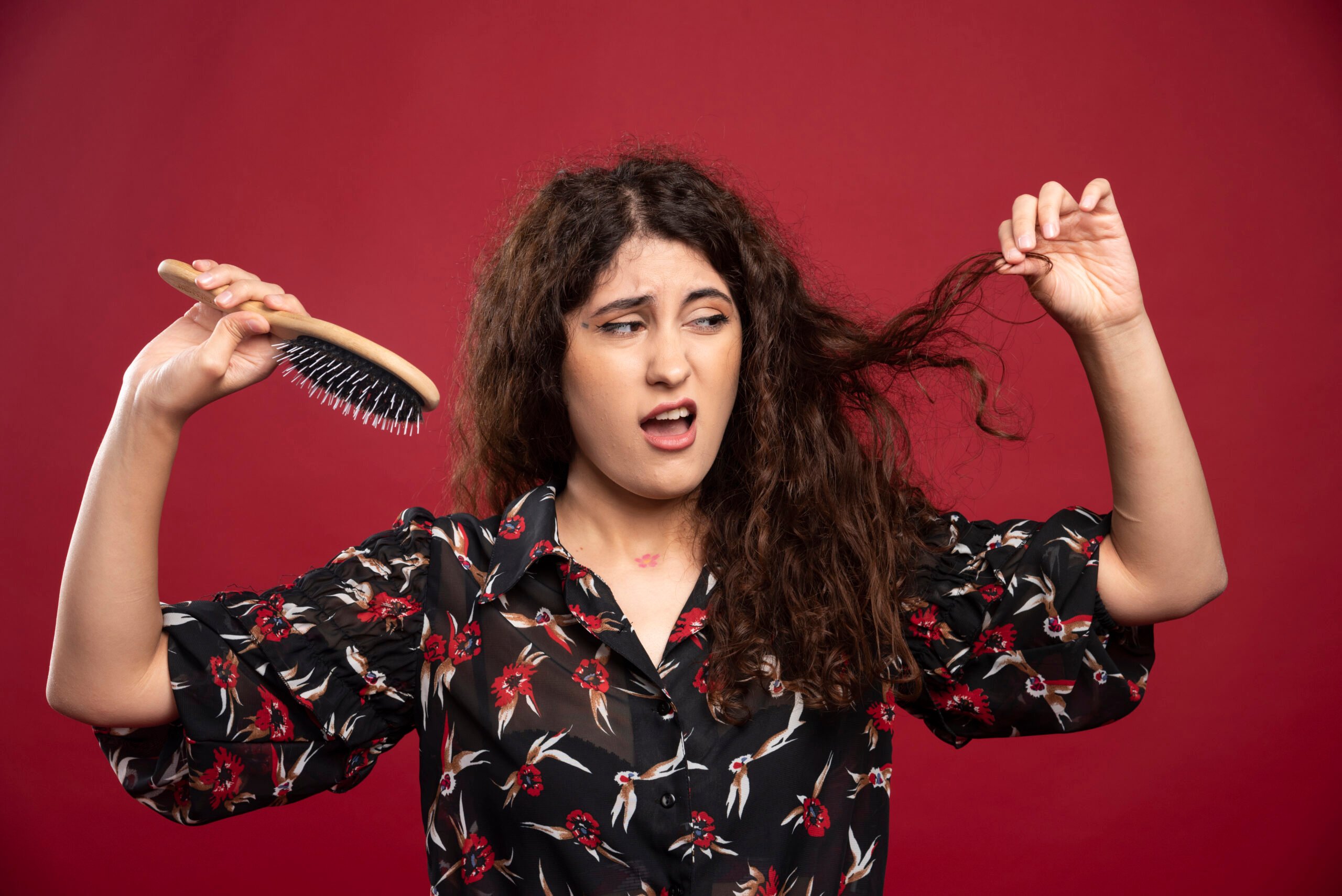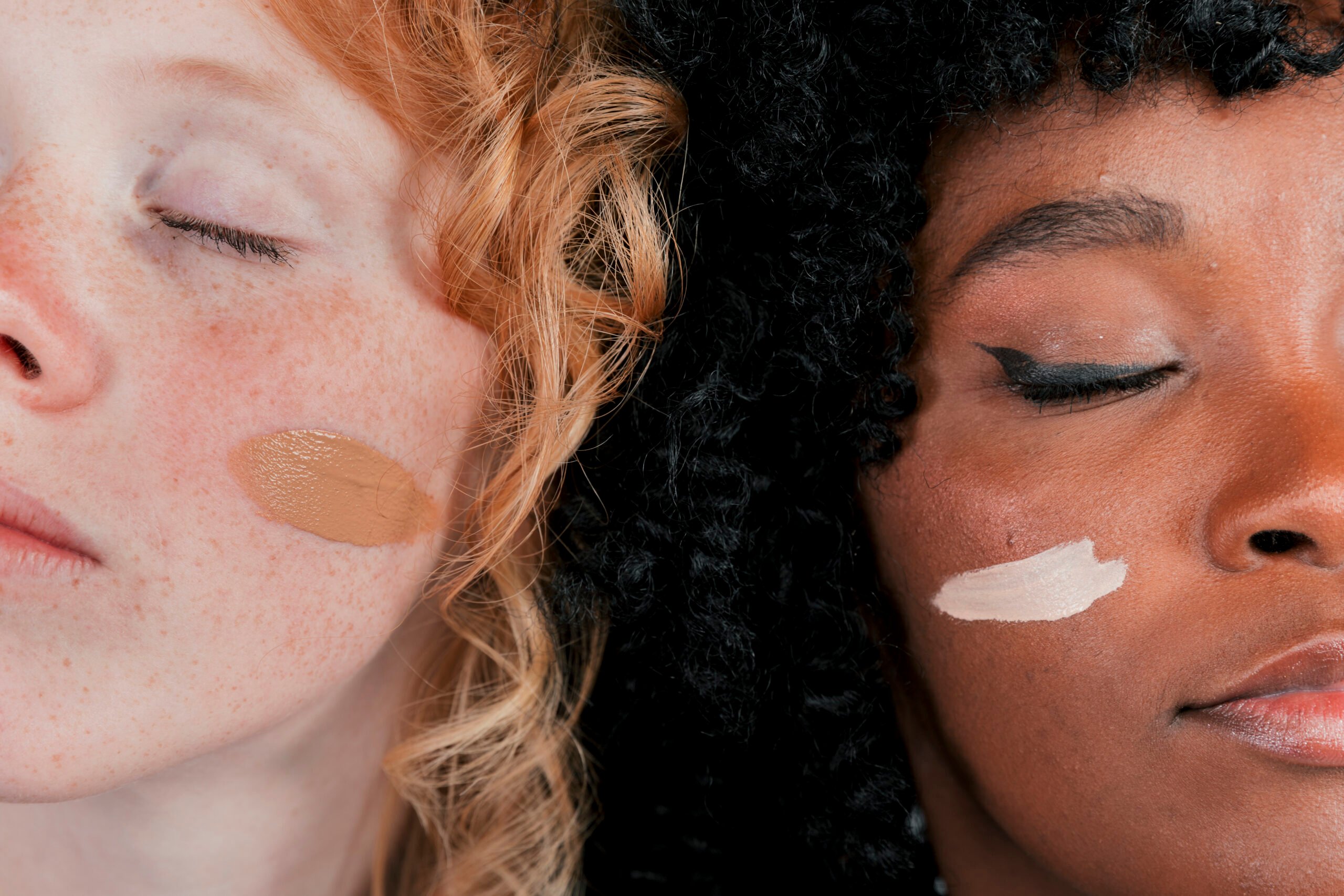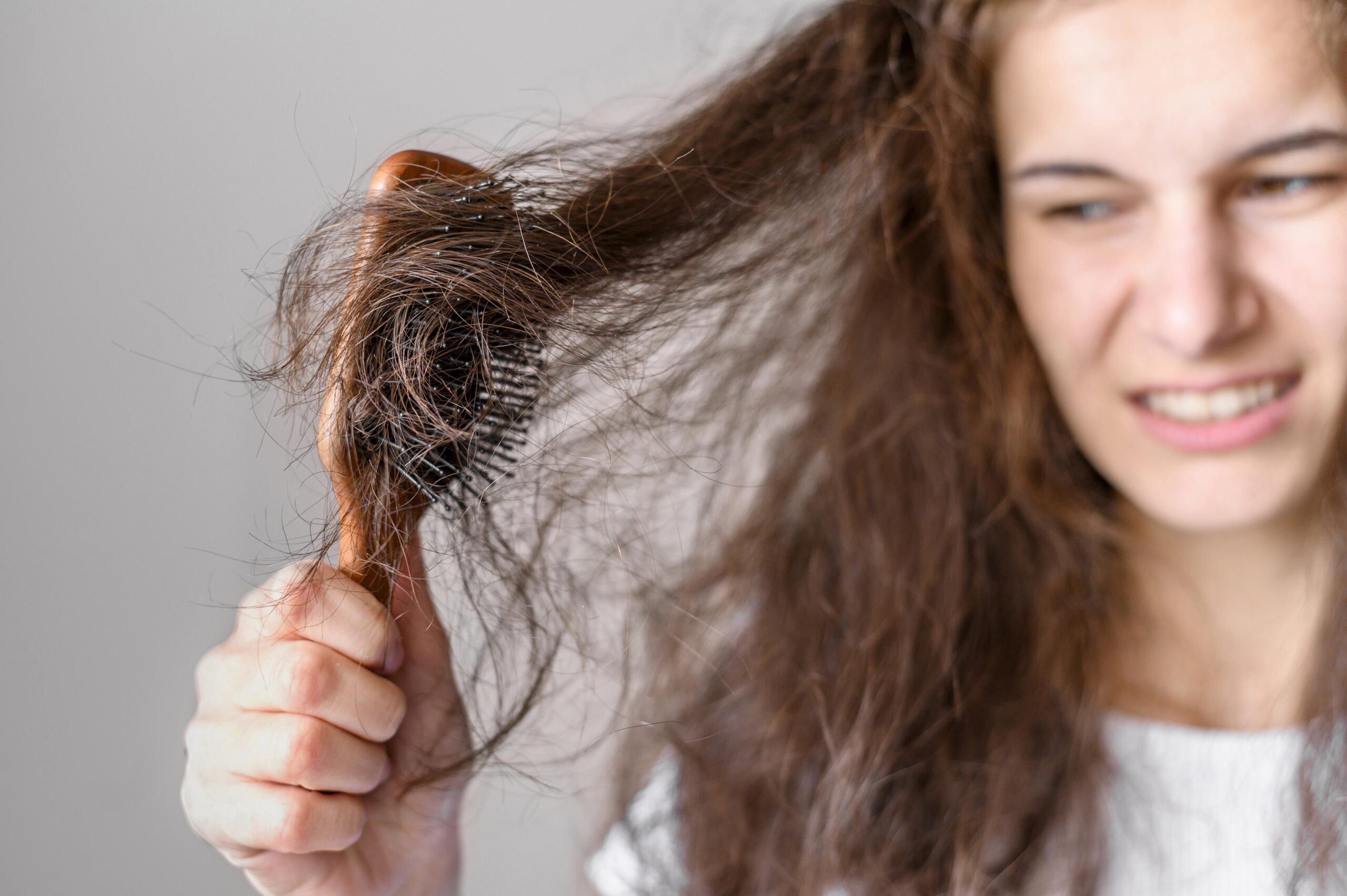Hair
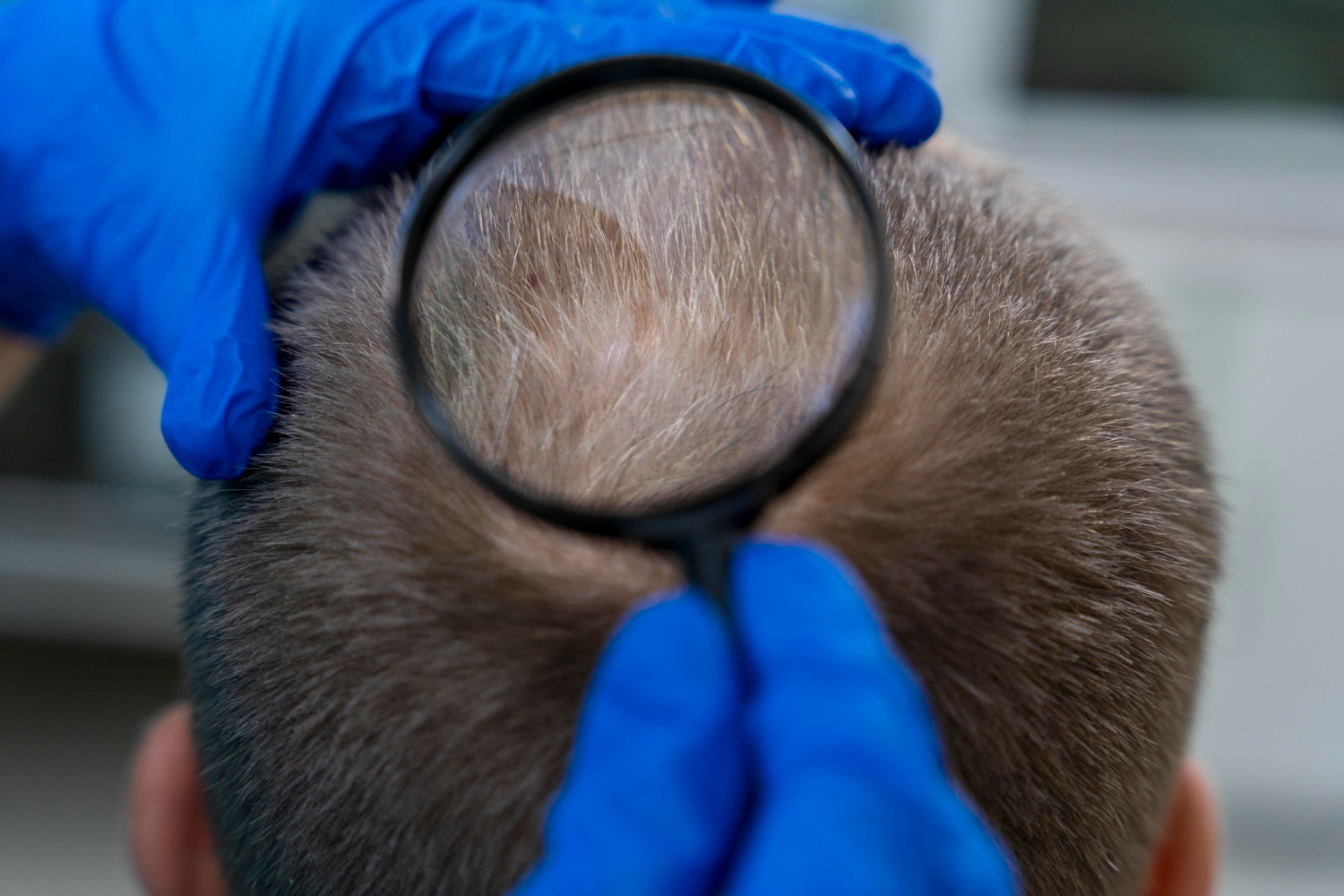
Hair
Alopecia Areata Explained: A Comprehensive Guide to Hair Loss
5 minutes read | 27 Sep 23
In a world where our appearance often plays a significant role in how we perceive ourselves and how others perceive us, the emotional impact of hair loss can be profound. 
Alopecia areata is a relatively common yet widely misunderstood autoimmune disorder that can be a severe cause of concern for many individuals. In this blog, our experts explain everything you should know about this disorder, from the causes to the symptoms, so you will be equipped with all the knowledge you need to understand this disorder and increase awareness around it.
What is Alopecia Areata?
Alopecia areata is an autoimmune disorder that causes patchy hair loss in small, round areas on the scalp, face, and other parts of the body. It occurs when the immune system mistakenly targets and attacks hair follicles, leading to hair loss. While the exact cause of alopecia areata is not fully understood, genetic factors and environmental triggers are believed to play a role.
Types of Alopecia Areata
There are 3 types of Alopecia based on the severity of the disease.
- Alopecia Areata (AA): This is the most common type, characterized by round bald patches on the scalp or other areas of the body.
- Alopecia Totalis (AT): In this form, there is complete hair loss on the scalp.
- Alopecia Universalis (AU): AU is the most severe type, causing total hair loss on the scalp and body, including eyebrows and eyelashes.
Alopecia Areata Symptoms

Even though most people are aware that hair loss is the main symptom of Alopecia Areata, there are a few other symptoms you should be aware of.
1. Hair Loss
The hallmark symptom of alopecia areata is sudden and often rapid hair loss. Hair loss occurs in small, round patches, and it can affect any hair-bearing area of the body. The most common site is the scalp, but it can also impact the eyebrows, eyelashes, beard, and even body hair.
2. Circular or Oval Patches
Hair loss typically occurs in well-defined, circular or oval-shaped patches. These bald patches can range in size from a coin-sized spot to larger areas of hair loss. In some cases, multiple patches may appear.
3. Tingling or Itching
Some individuals with alopecia areata report experiencing tingling, itching, or mild discomfort in the affected area before hair loss becomes noticeable. This sensation is thought to be related to the autoimmune response that precedes hair follicle damage.
4. Regrowth and Recurrence
Interestingly, hair regrowth can occur in the affected areas spontaneously, even without treatment. However, the regrowth may be temporary and subject to recurrence. The regrown hair may also be lighter or finer in texture than the original hair.
5. Progression to More Severe Forms
In some cases, alopecia areata can progress to more severe forms, such as alopecia totalis (complete scalp hair loss) or alopecia universalis (complete hair loss on the body, including eyebrows and eyelashes). These forms are less common but can have a more significant impact on an individual's appearance.
Causes of Alopecia Areata

By understanding the causes behind alopecia areata, you'll be able to identify its origins and potential triggers, empowering you with knowledge that can help you or someone you know manage this challenging condition more effectively.
1. Autoimmune Response
The exact cause of alopecia areata remains a subject of ongoing research, but it is widely believed to be an autoimmune disorder. In autoimmune diseases, the immune system mistakenly identifies healthy cells or tissues as threats and launches an immune response against them. In the case of alopecia areata, the immune system targets and attacks hair follicles.
2. Genetic Predisposition
There is a genetic component to alopecia areata, as it tends to run in families. Individuals with a family history of the condition may have a higher risk of developing it themselves.
3. Environmental Factors
While genetics play a significant role, environmental factors are also thought to contribute to the development of alopecia areata. These factors may include viral infections, physical or emotional stress, and exposure to certain chemicals or allergens. However, these factors are not consistent triggers for everyone with the condition.
4. Immune System Imbalance
Some researchers believe that an imbalance in the immune system, specifically the T-cell response, plays a central role in the development of alopecia areata. T-cells, which are a type of white blood cell, may mistakenly attack hair follicles, leading to hair loss.
5. Other Autoimmune Conditions
Individuals with alopecia areata may have an increased risk of developing other autoimmune conditions, such as thyroid disorders, rheumatoid arthritis, or vitiligo. This suggests a shared underlying immune system dysfunction.
Can Alopecia Areata Be Cured?

While there is no cure for alopecia areata, several Hair treatment options can help manage the condition and promote hair regrowth.
- QR678® Hair Growth Treatment: This treatment is a non-surgical treatment that involves injecting a growth factor formula into the scalp causing dead hair follicles to regenerate by signalling the cells to enter the anagen phase.
- Topical Corticosteroids: These are commonly prescribed to reduce inflammation and promote hair regrowth.
- Intralesional Corticosteroid Injections: Injections of corticosteroids directly into the affected areas can stimulate hair regrowth.
- Topical Immunotherapy: This treatment involves applying chemicals to the scalp to provoke an allergic reaction, which can stimulate hair growth.
- Oral Medications: Some medications like minoxidil or certain immunosuppressants may be prescribed by a doctor.
When to see a Doctor for Alopecia Areata?
If you notice sudden hair loss or suspect you have alopecia areata, it is essential to consult a healthcare professional. Early diagnosis and intervention can improve the chances of successful treatment.
Takeaway
Alopecia areata is a complex autoimmune condition that can have a profound impact on one's appearance and self-esteem. While there is no definitive cure, various treatment options are available to manage the condition and promote hair regrowth. If you or someone you know is affected by alopecia areata, don't hesitate to seek medical advice and emotional support.
FAQs around Alopecia Areata
1. Can a 20-year-old get alopecia?
Yes, alopecia areata can affect individuals of all ages, including 20-year-olds. This condition does not discriminate based on age, and its onset can occur at any stage of life. If you suspect you have alopecia areata, regardless of your age, it's important to consult a healthcare professional for diagnosis and guidance on treatment options.
Related categories
Get a complimentary consultation today. Book now







































.png)

























-1.png)

